Menu
Tight Crowns on African Violet Plants
Tight crowns or tight centers on African Violet plants can unfortunately occur when we are overzealous with fertilizer, light, heat or due to heavy soil or cyclamen mite infestation. (For information on normal rosette or trailing growth habit in African Violets, visit “What are different types of African Violets?“).
What is a tight crown in African Violet plants?
- A tight crown is when the center leaves of the African Violet plant grow tightly bunched up next to each other with no space in between the leaves.
- This smaller crown with tight center leaves is known as a tight crown.
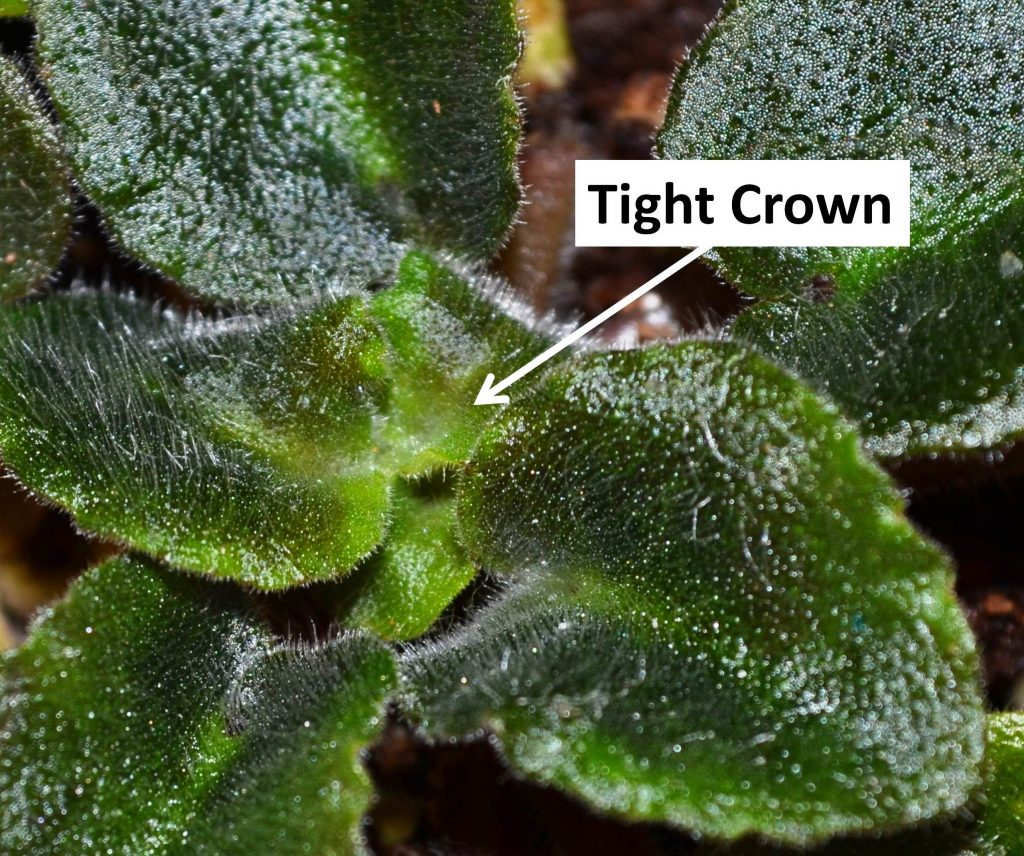
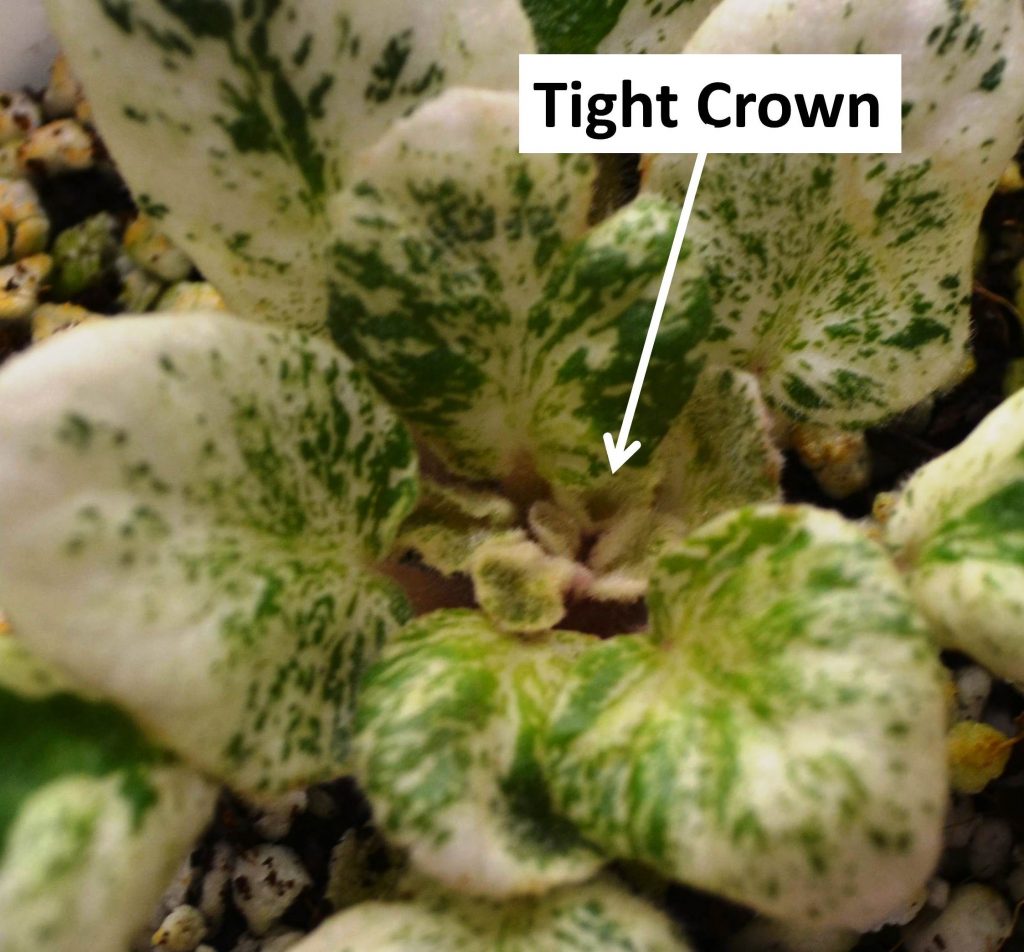
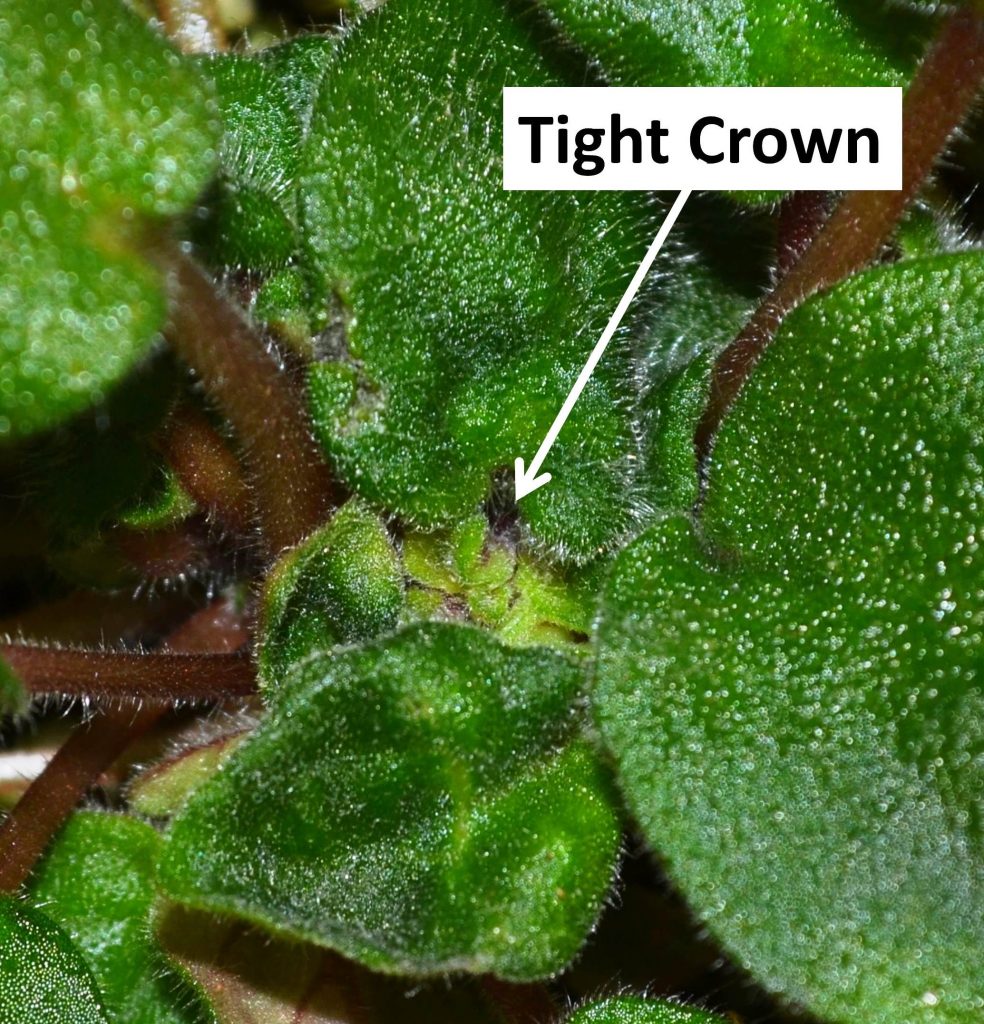
How do tight crowns occur in African Violet plants?
- Tight crowns occur in African Violet plants over a slow period of time.
- First the African Violet plant will slow down in growth and begin a stunted growth period.
- The leaves will be smaller in size, they become brittle and hard to touch and shiny in appearance.
- The leaves also start to curl inwards or outwards depending upon the cause of tight crowns in African Violet plants.
- Over time the leave at the center become bunched up and the plant ceases to grow.
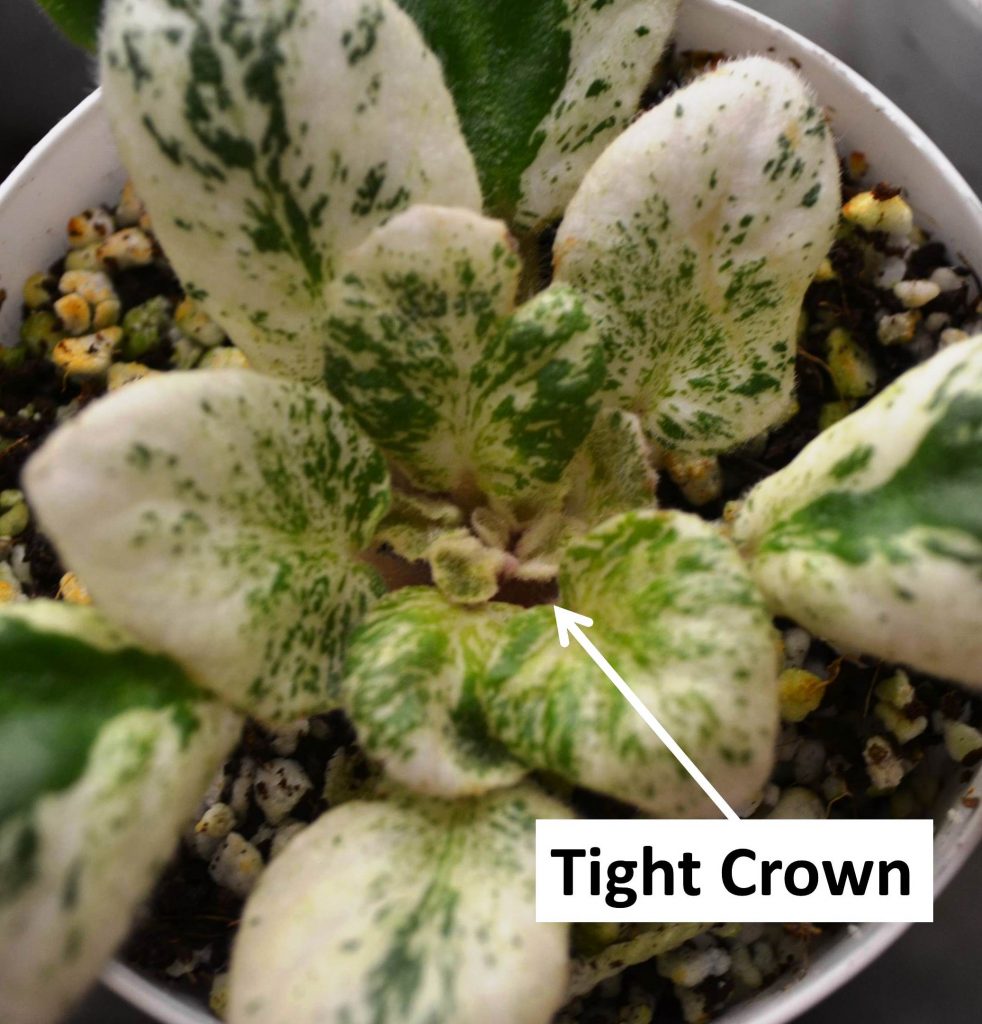
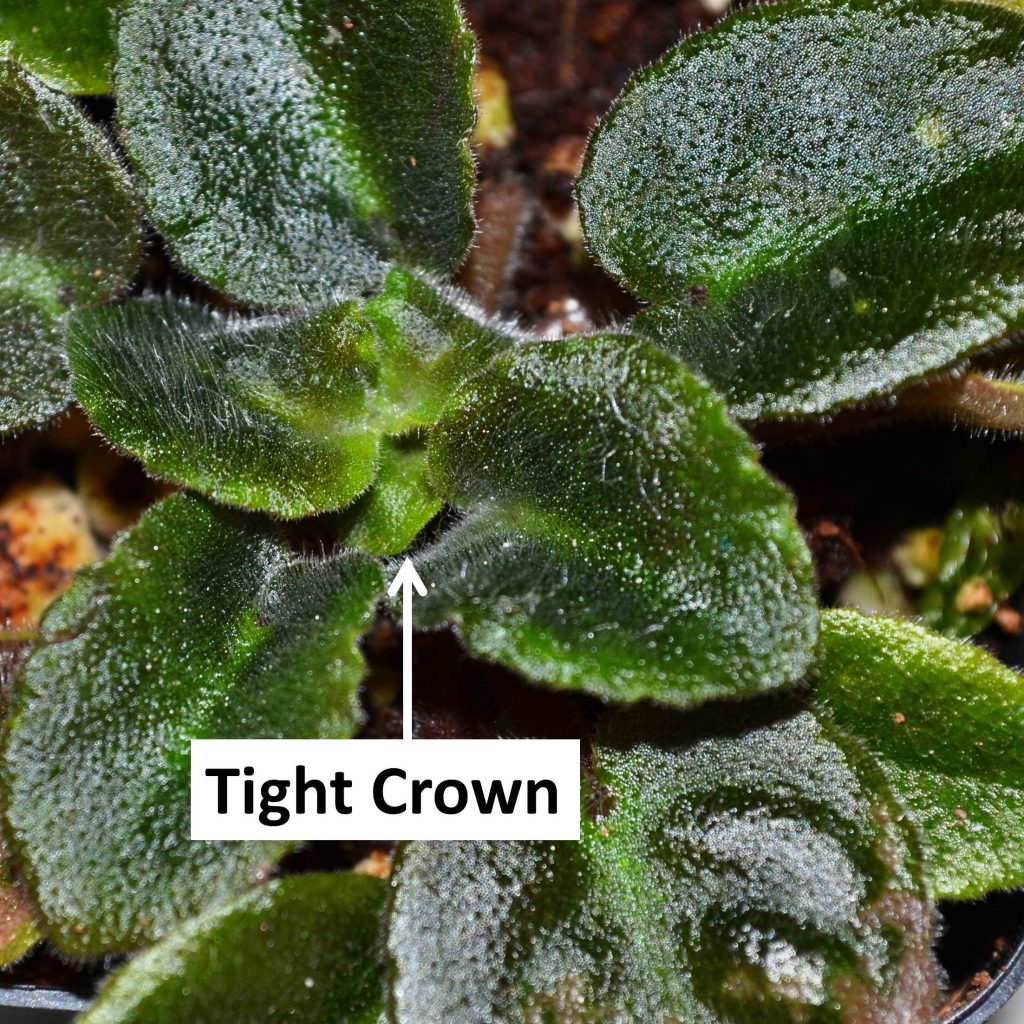
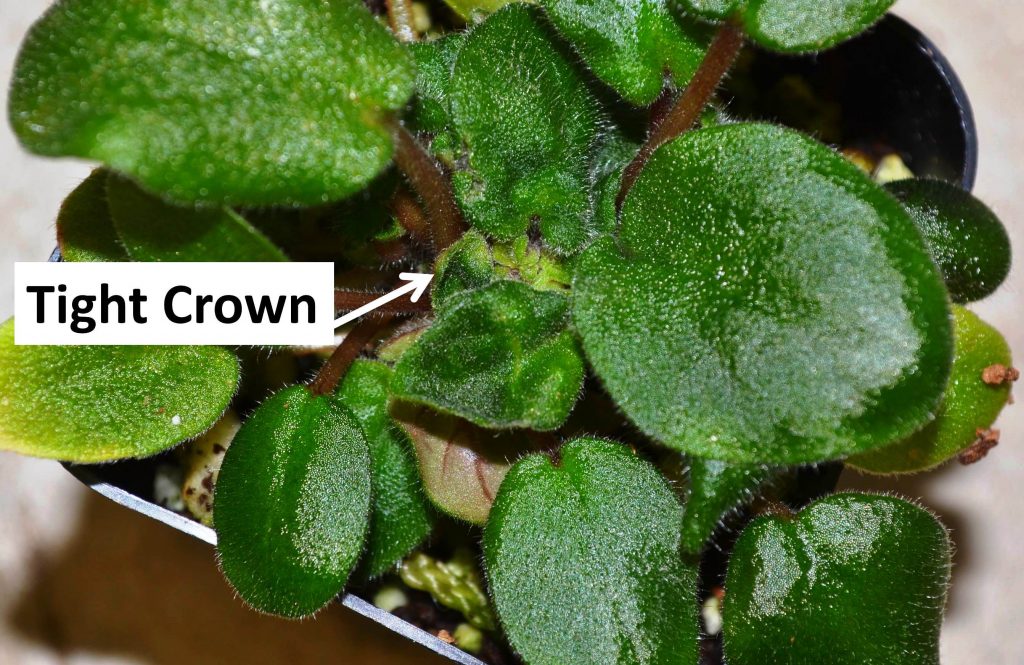
What are the tight crown symptoms of over fertilization in African Violet plants?
- The most tell tale symptoms of over fertilization in African Violet plants are tight centers, bunched up crown leaves and stunted plant growth.
- No signs of twisting or curling of leaves, just tight visible crowns.
- Brittle leaves, hard to touch which can tear or snap easily.
- Rust colored leaves or rusty spots on leaves.
- Burned edges on outer leaves or yellowing spots on margin of leaves.
- Outer leaves start to turn yellow in color.
- Leaves become smaller in size and whole plant looks smaller in size.
- White salt deposits on the soil surface or white salt crust layer on the edges or sides of the plant pot.
- Orange fertilizer salt crystals on the leaves or soil surface.
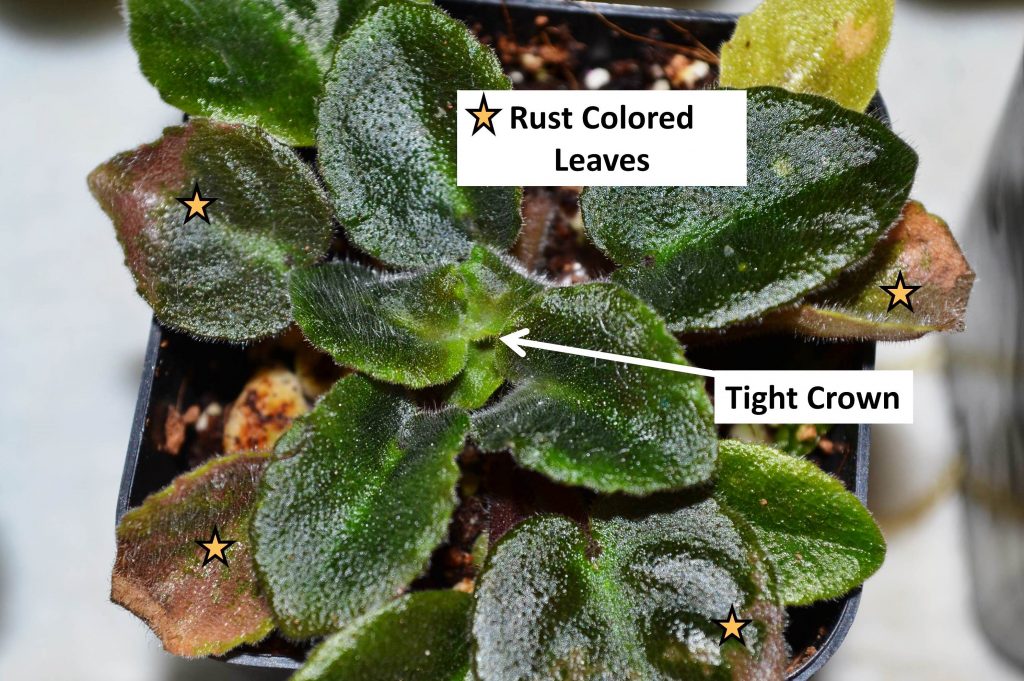
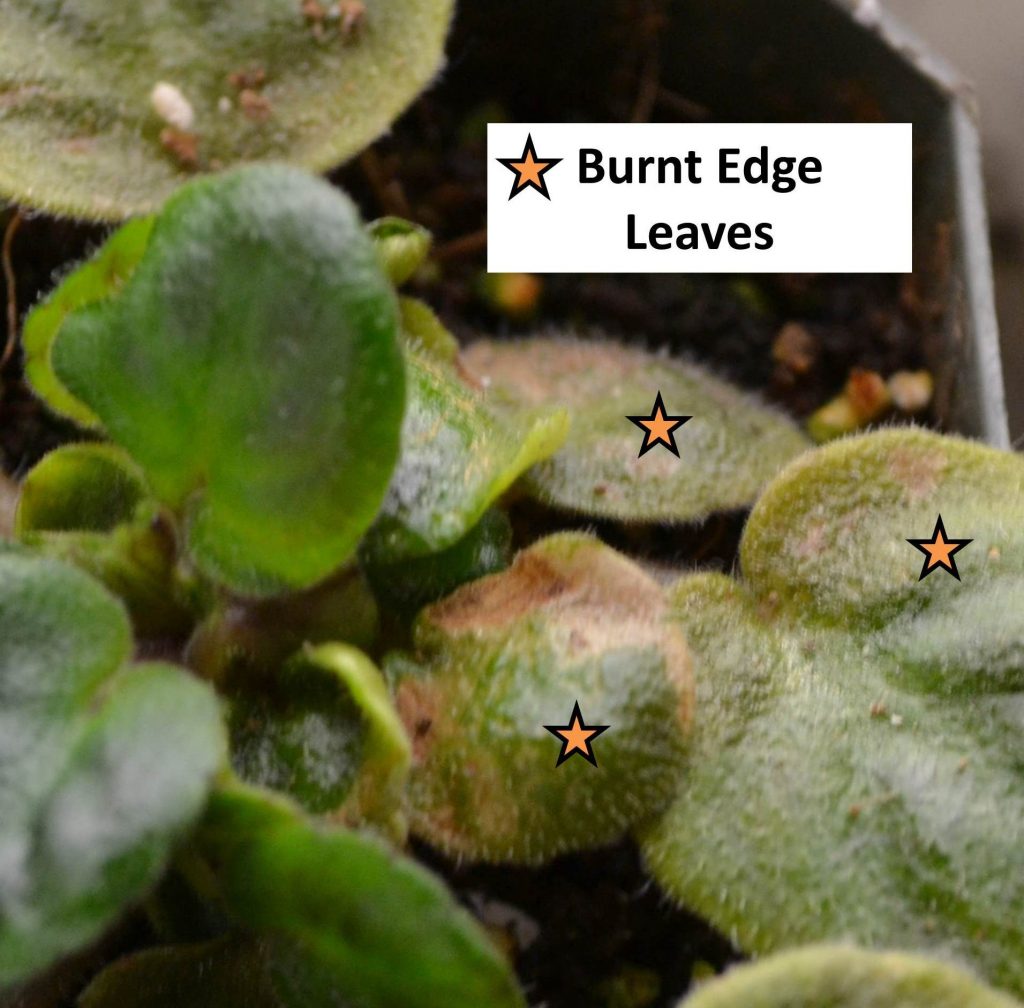
How to remedy tight crowns due to over fertilization in African Violet plants?
- First you have to pin-point that tight crowns are due to over fertilizing, by identifying above symptoms.
- Once symptoms of over fertilization are identified, rule out the possibility that tight crowns are due to high light intensity. For this, place a thin tissue paper over the plant, to block out excess light.
- Can also move the plants to a lower shelf away from bright light. If after a week, the crowns do not loosen up slightly, then over fertilization may be the reason for tight crowns.
- If the crowns are still tight, do not fertilize the African Violet plant for a month.
- Flush the soil with plain room temperature water several times. Make sure soil is drenched.
- For this, add water to top of soil, let it drain out from the bottom, discard drained out water, allow plant soil to dry and repeat this stem 2-3 times.
- Keep flushing soil, as mentioned above till the water runs clear from the bottom.
- If you are wick watering the plant from a capillary mat, remove the wick, place the pot in an enclosed ziploc bag. Leave for a month in the ziploc bag, the humidity will help to loosen up the leaves. Remember to water only slightly, let the soil dry out, do not overwater.
- If you are wick watering the plant from a container or reservoir, make sure to replace container/reservoir water with fresh water and replace the wick with a new one. If possible, remove the wick and place the plant in a ziploc bag, enclosed for a month.
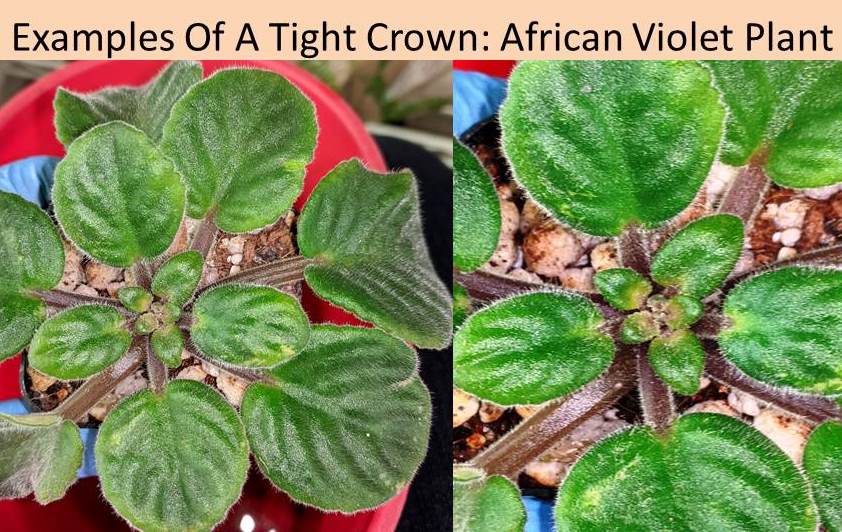
- If you are not using wicks to water the African Violet plant, then isolate the plant and place in an enclosed ziploc bag. Leave for a month in the bag. The humid environment inside the bag will help loosen up the crowns.
- In all these above instances remember to not over water the plant and let the soil dry out slightly.
- After a month you should see the crowns loosen up slightly and the leaves spread out.
- After a month slowly resume fertilizing the plant at half your normal dose. Then after another month resume your regular fertilizing. (For more information on African Violet fertilizer visit, “Fertilizer for African Violet Plants“).
- If after a month, crowns have not loosened up, you can research for other symptoms/causes mentioned below or just save the leaves (more tips on propagating African Violet leave can be found here) and discard the plant. Start fresh!
Examples of commercially available African Violet fertilizers below:
What are the tight crown symptoms of excessive light in African Violet plants?
- Symptoms of excessive light in African Violet plants are tight bunched up centers on the crown of the plants.
- African Violet leaves drooping down or curling inwards
- African Violet leaves are crowding together with no space in between.
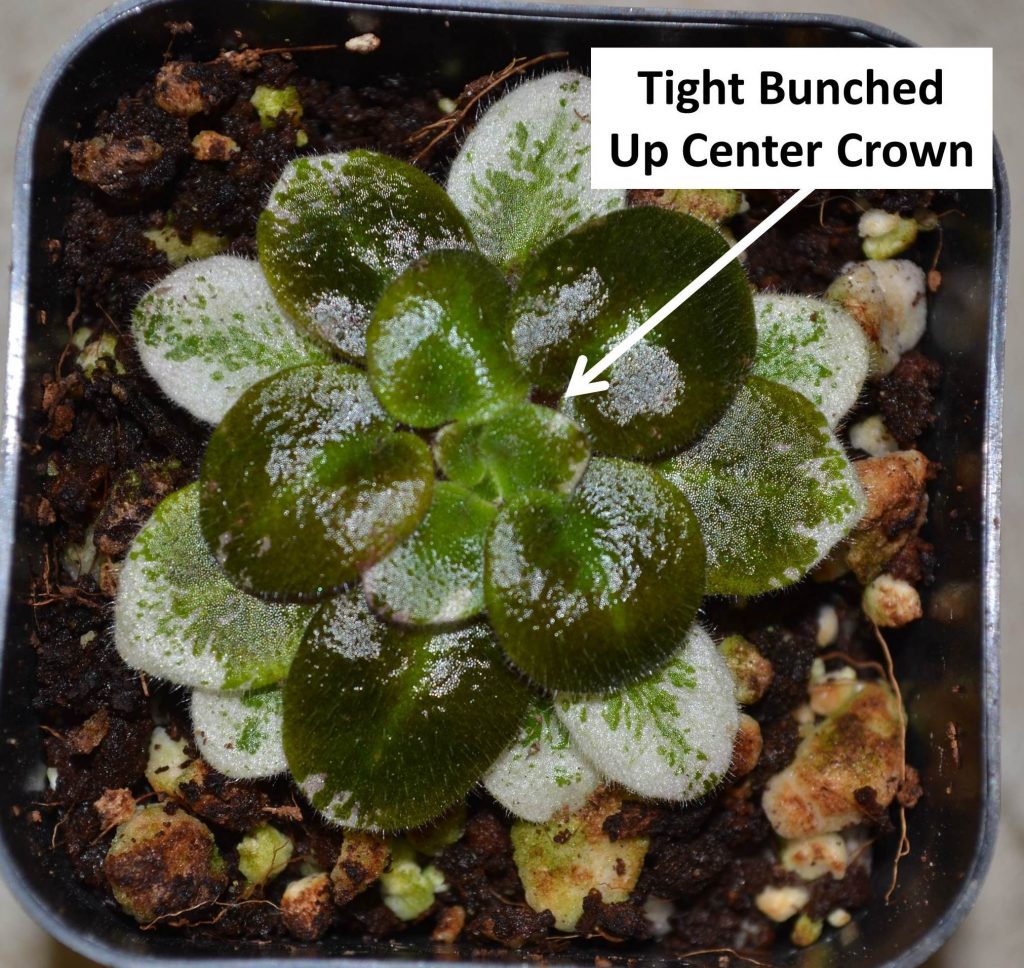
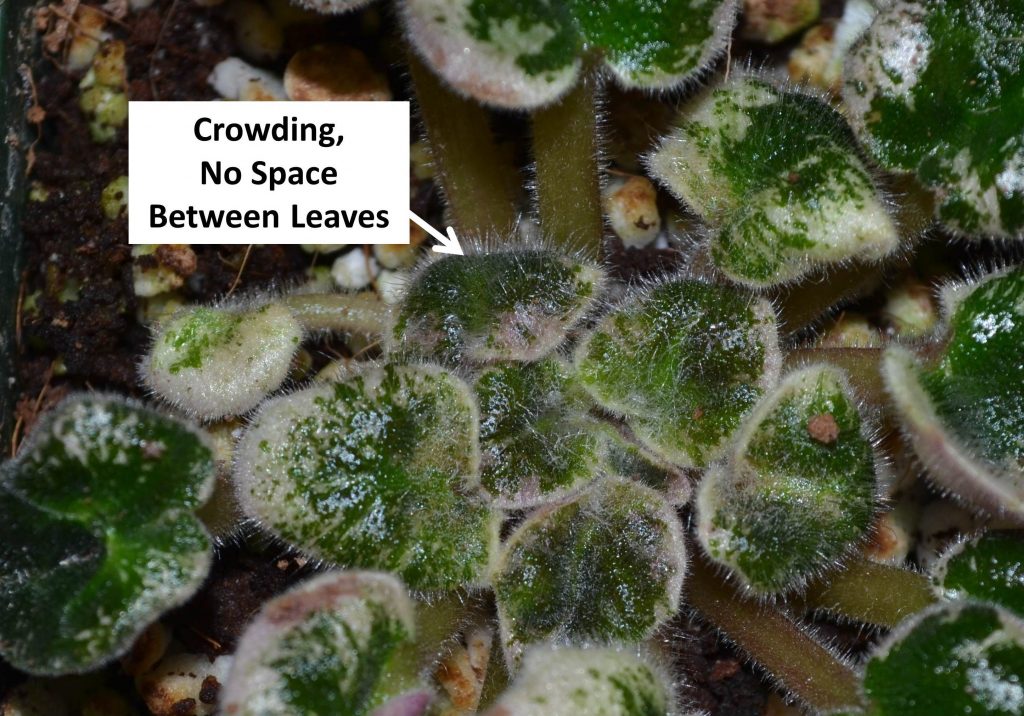
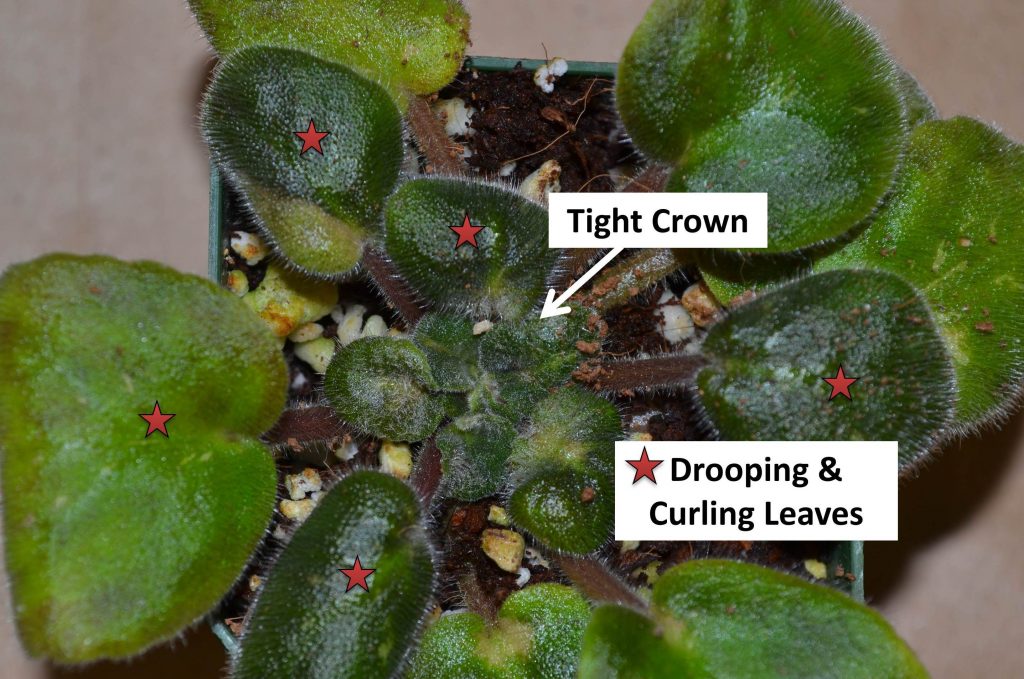
How to remedy tight crowns due to excessive light in African Violet plants?
- First you have to pin-point that tight crowns are due to excessive light by identifying above symptoms.
- Once symptoms of excessive light are identified, place a thin tissue paper over the plant, to block out excess light. Can also move the plants to a lower shelf away from bright light or move the plant from bright direct light to a window with low filtered light. Leave the plant in the low light area for at least a month.
- After a month, you should see crowns loosen up a little and centers opening up.
- Placing the plants in an enclosed ziploc bag to increase humidity, will help this process and allow the leaves to loosen up in a comfortable environment.
- During this time, do not water too much and allow the soil to dry out a little. (For more information on African Violet natural light requirements please visit, “Natural Light for African Violet Plants“).
What are the symptoms and how to remedy tight crowns due to excessive heat in African Violet plants?
- Symptoms of tight crowns due to excessive heat in African Violet plants are tight centers and bunched up smaller leaves at center of plant.
- African Violet leaves curling up or inwards.
- African Violet leaves crowding and growing closer together.
- African Violet flowers streaking, spotting and loss of color.
- Outer leaves dry up and become crispy brown.
- Plant growth slows down and stops to bloom.
- Remedy would be to try to lower temperatures in plant area below 80F.
Below are examples of temperature and humidity meters, useful to keep in your growing area, especially when monitoring formation of tight crowns on your plants.
- Another option would be to move the plant to a slightly cooler location in the house.
- Alternatively can draw the curtains or close the blinds to block out excessive light and make the area cooler at the same time too.
- The crowns will loosen up, but over a period of several months. It will take time if symptoms are due to excessive heat.
- Another option, if growing under lights, would be to reduce the number of hours to 8-10 hrs under lights.
- Alternatively, you could keep the lights off during the day and keep them on at night, when temperatures are too hot and cannot be controlled.
- Make sure to increase watering during this period of hot days and not let the plant soil to dry out too much.
- The African Violet plants can tolerate excessive heat for a few days, but prolonged heat will damage the plants permanently.
- If the crowns still do not loosen up, can look for other symptoms mentioned in this article. The final option would be to save/put down leaves and discard the plant. (For more information on saving/putting own African Violet leaves please visit, “African Violet Leaf Propagation: How to Produce Baby Plantlets?“).
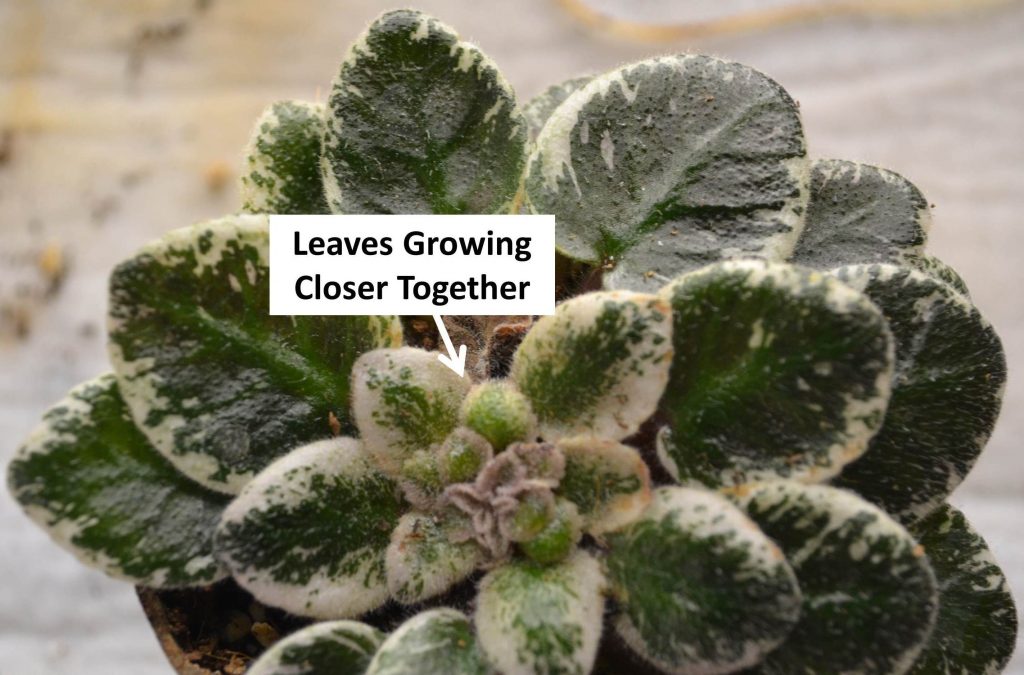
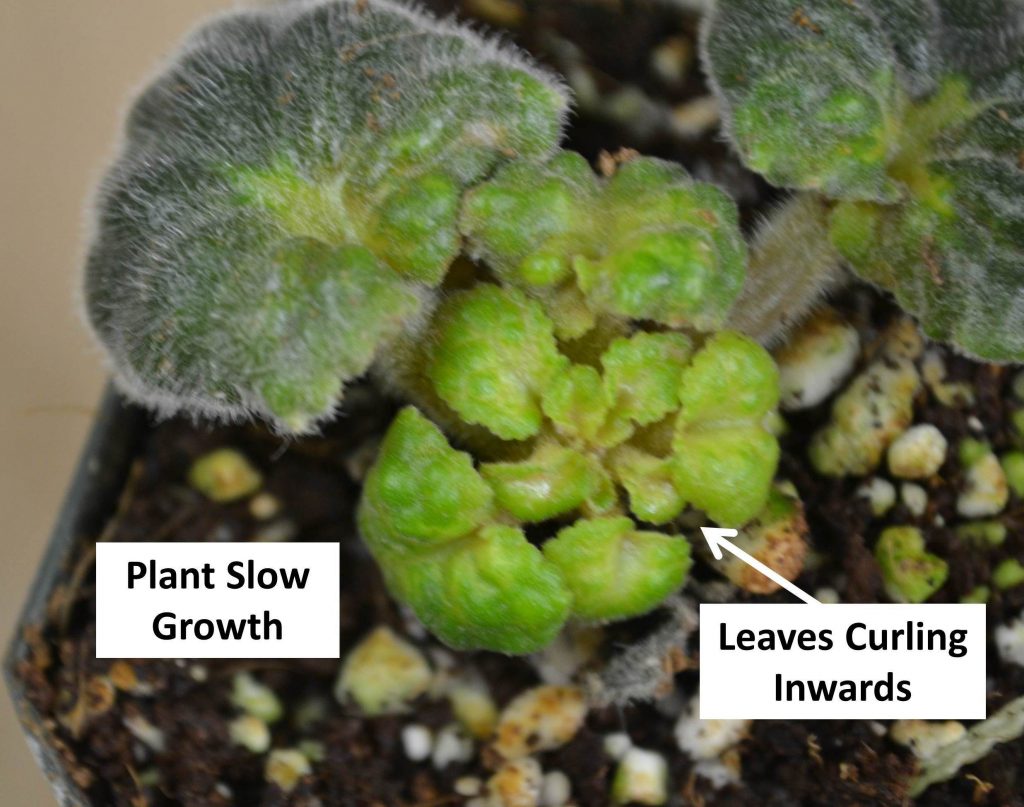
What are the symptoms and how to remedy tight crowns due to heavy compacted soil in African Violet plants?
- Symptoms of tight crowns due to heavy soil in African Violet plants are tight centers and bunched up smaller leaves at center of plant.
- African Violet leaves crowding and growing closer together.
- Plant growth slows down and stops to bloom.
- The remedy would be to re-pot the plant in fresh soil. Remove any damaged, dry, leaves and repot in the plant in a new clean pot of the same size with fresh soil. (For more tips on African Violet potting mix please visit, “African Violet Soil/Potting Mix“).
- Place the plant inside a ziploc bag and close it to create a humid environment. Do not fertilize during this period and keep watering limited.
- After a month, the plant should loosed up its crown and start growing normally.
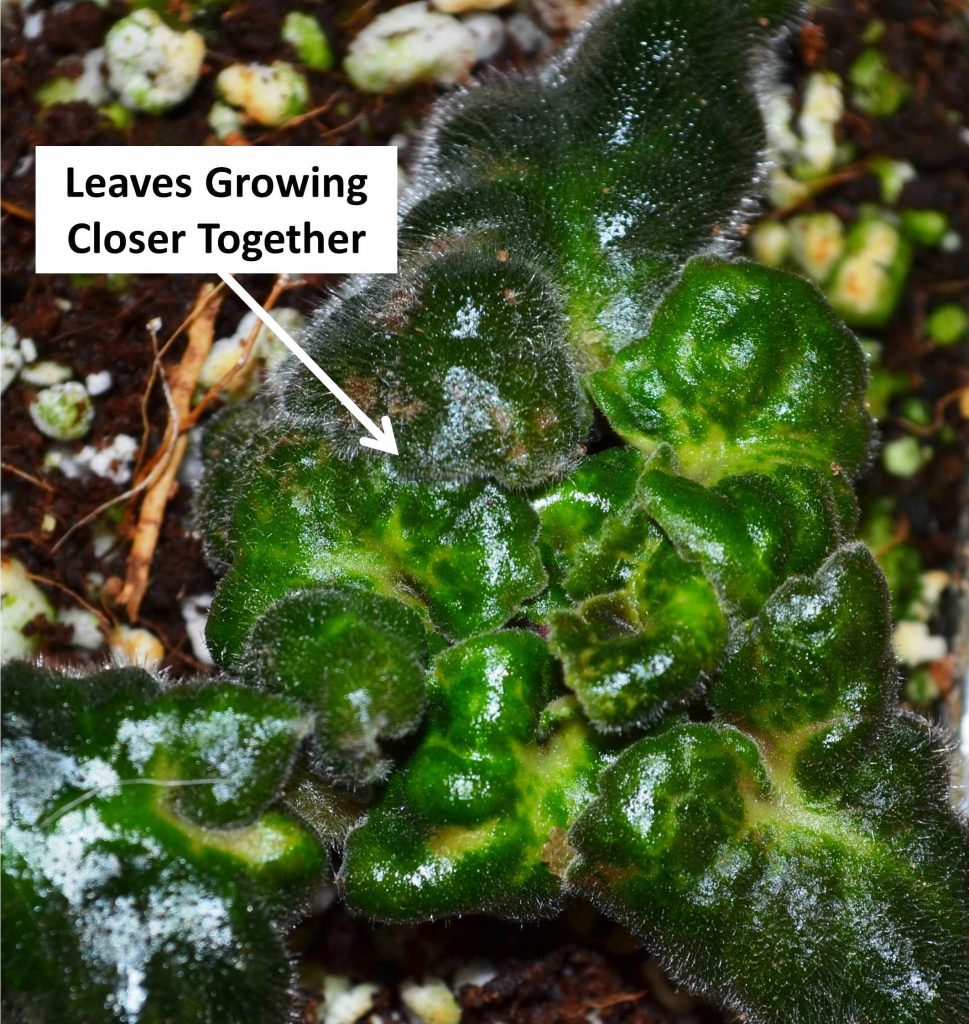

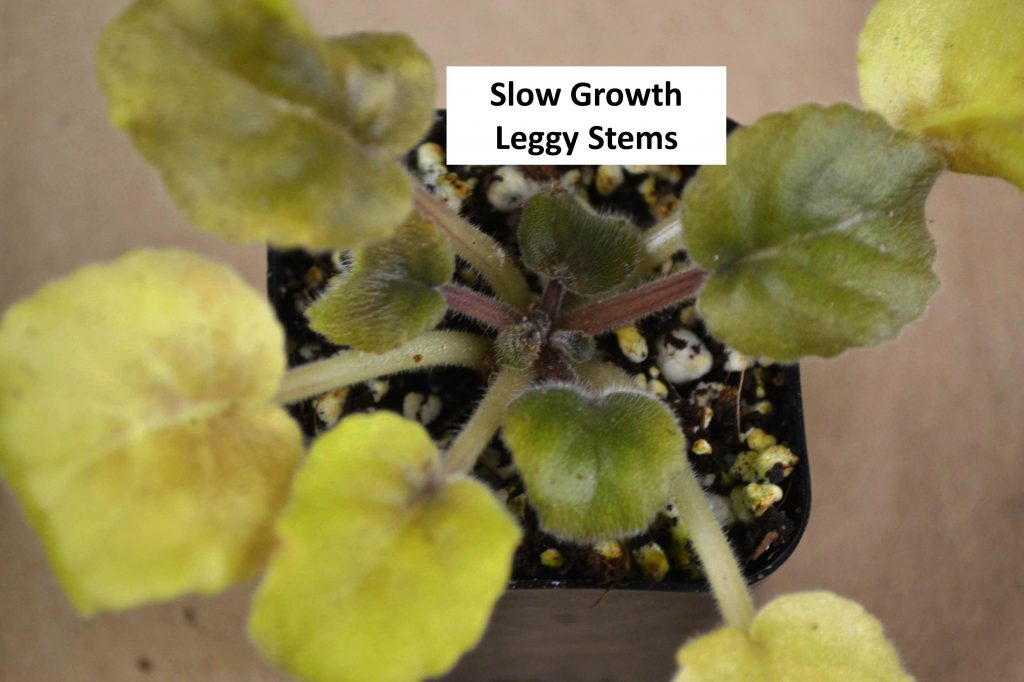
What are the symptoms of cyclamen mite infestation in African Violet plants?
- Symptoms of tight crowns due to cyclamen mite infestation in African Violet plants are tight centers and bunched up smaller leaves at center of plant.
- The centers are scrunched up, stiff and brittle to touch centers, lighter in color, fuzzy and hairy in appearance.
- African Violet leaves are distorted, bubbly and twisted in appearance.
- African Violet leaves are smaller in size and stunted in appearance.
- African Violet leaves are dull, rusty and excessively hairy in appearance.
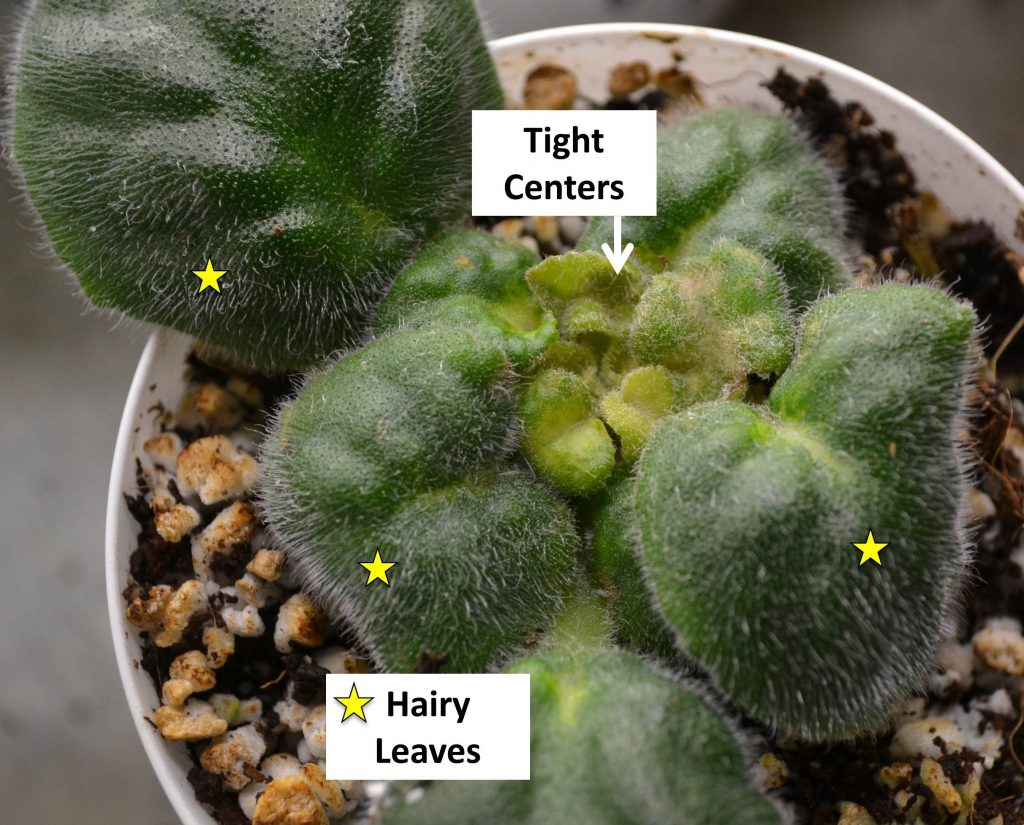
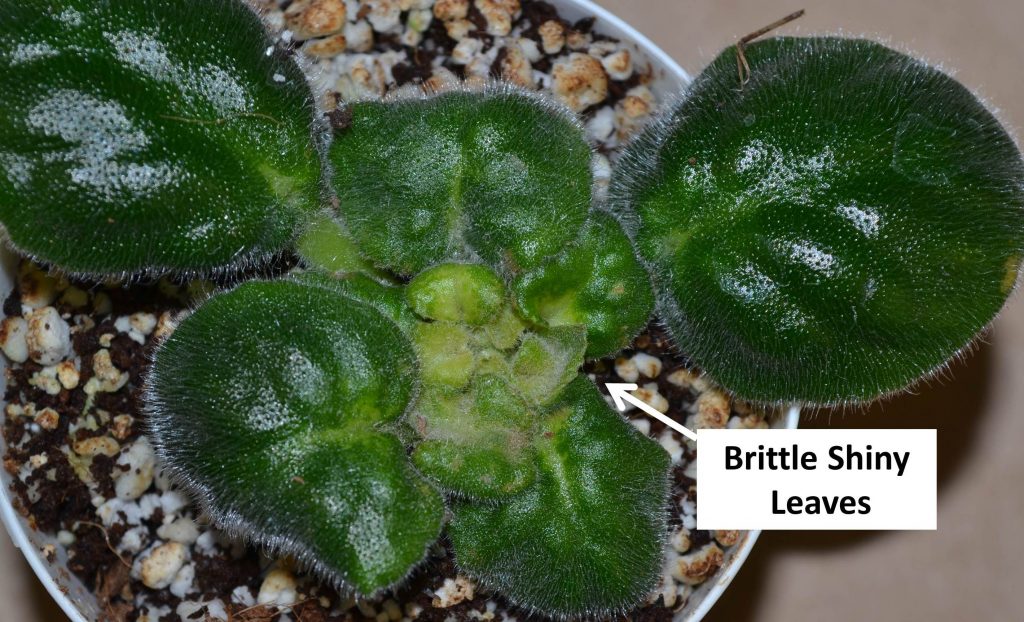
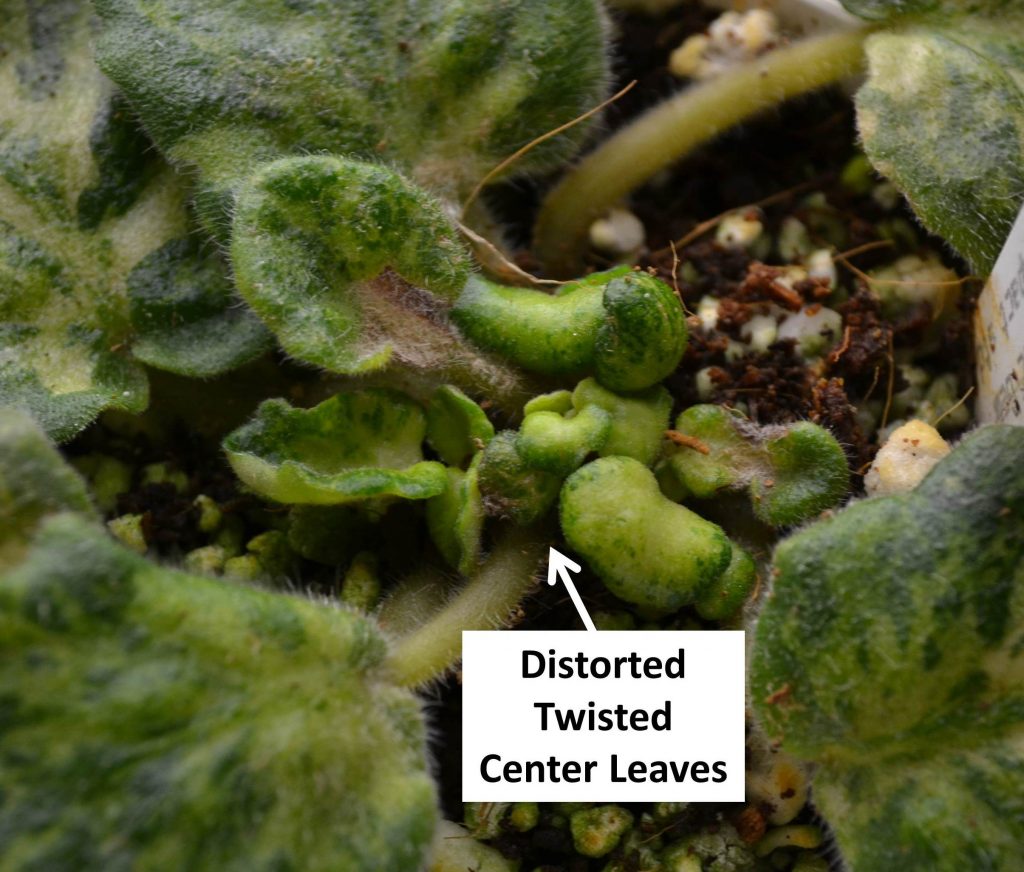
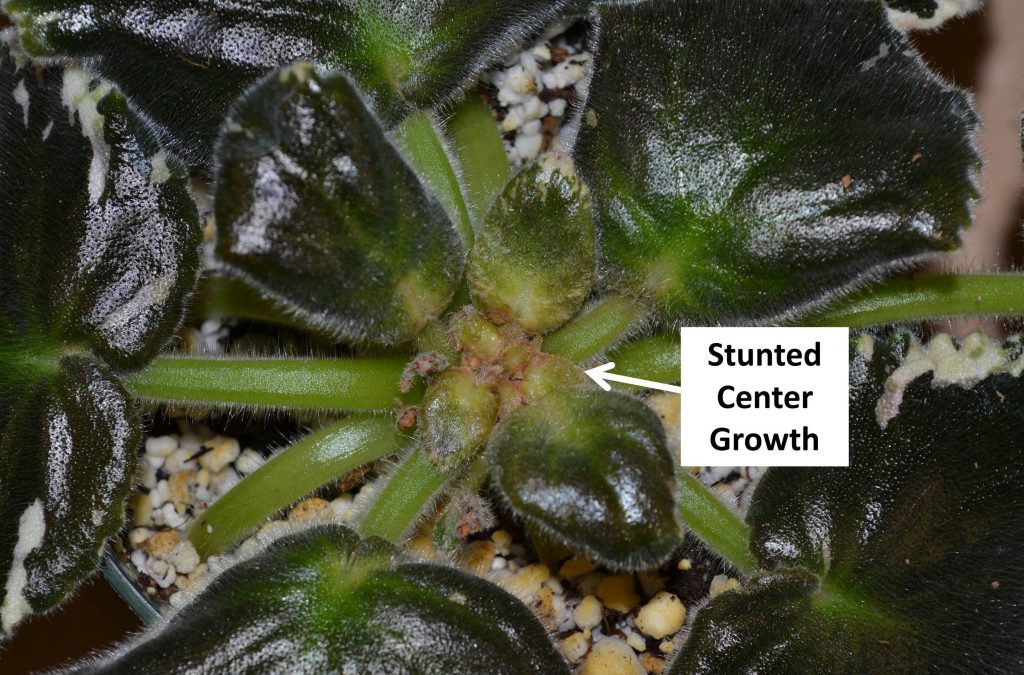
These are chemical alternatives to spray on African Violet plants to treat mites:
- African Violet leaves become hard, brittle to touch and shiny in appearance.
- If African Violet leaves turn inwards (broad mite infestation) and if they curl upwards (cyclamen mite infestation).
- A clear tell tale sign is if the centers are grayish, yellowish, bronze or tan in color.
- The African Violet flowers also become stunted, smaller and brittle to touch.
- The African Violet flower buds also are tightly closed and smaller in size.
- The African Violet flower stems are also brittle and have a tendency to curve inwards under a leaf.
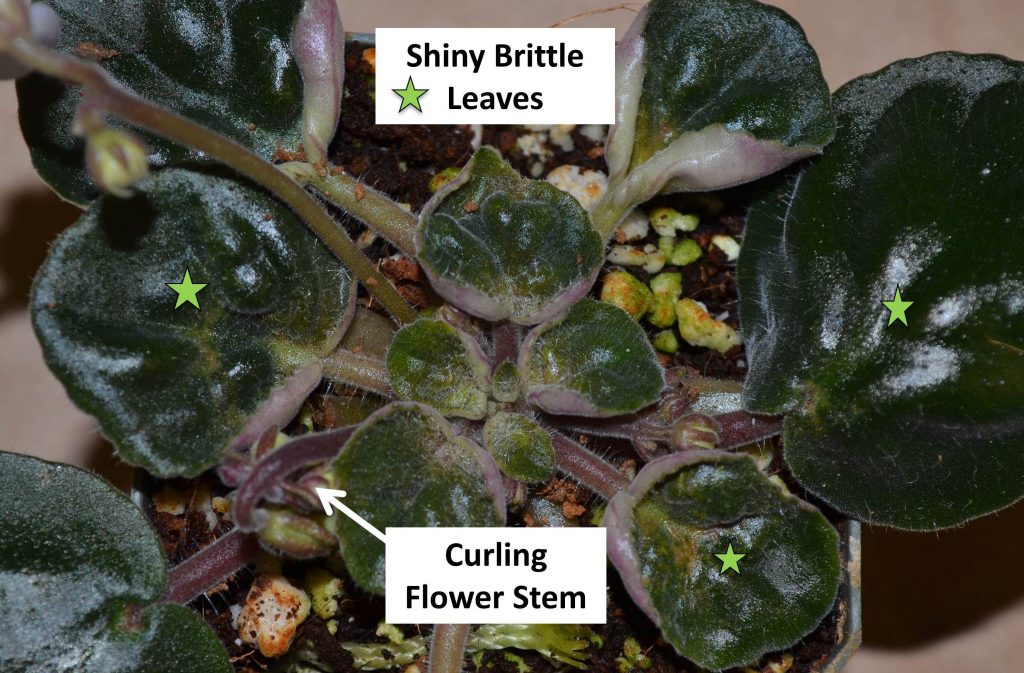
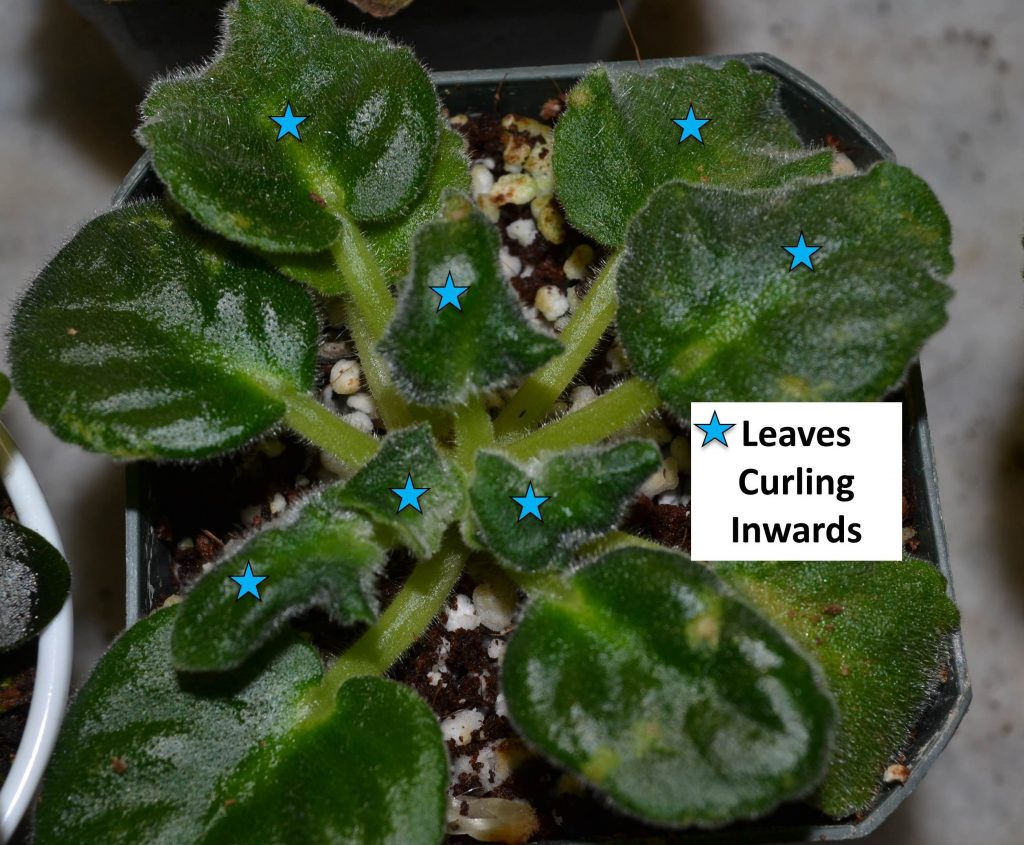
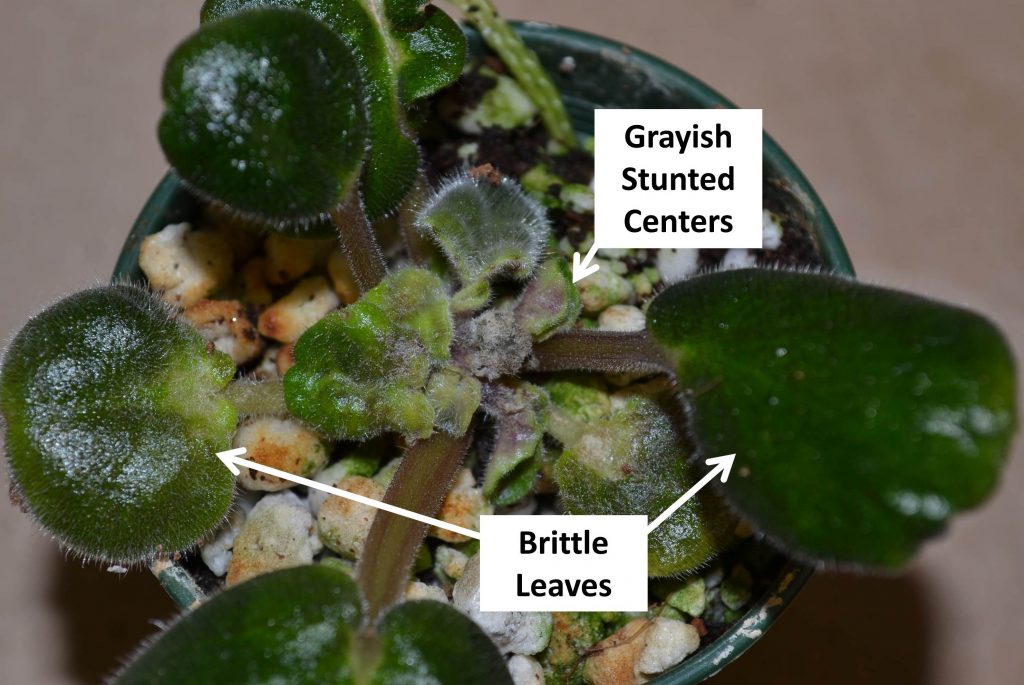
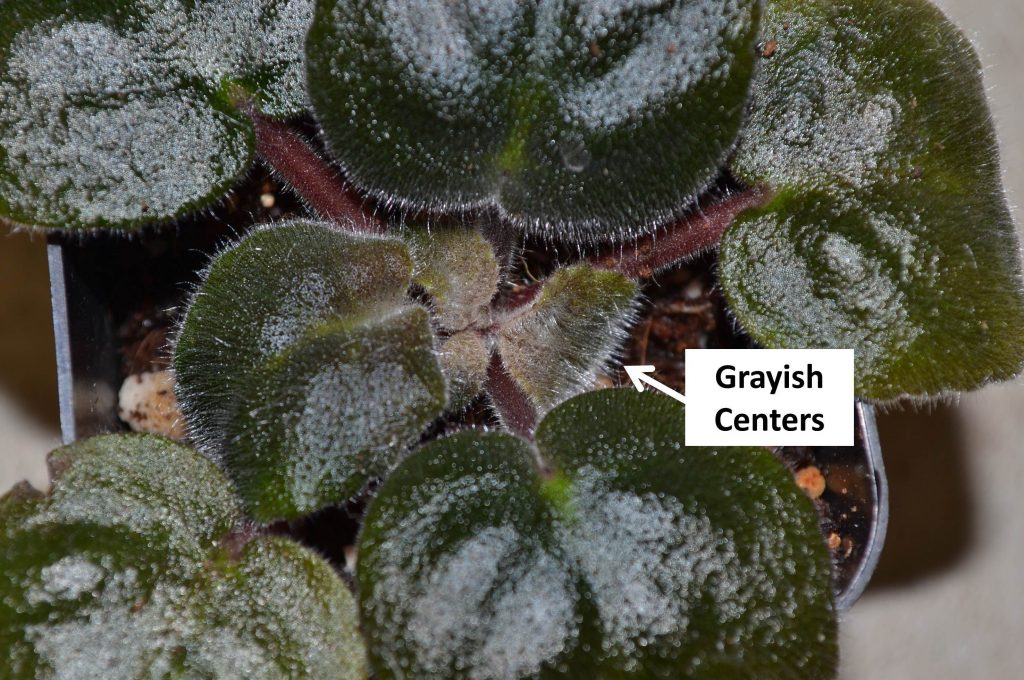
How to remedy African Violets infested with cyclamen mites?
- First all make confirm the above symptoms and make sure you have cyclamen mite infestation in the plant.
- Visually its very difficult to see cyclamen mites on African Violet plants and therefore difficult to confirm there physical presence on the plants.
- Cyclamen mites are very small in size and can hide in the crevices of distorted African Violet leaves or the center crown area.
- Cyclamen mites are tiny crawling spider like with eight legs. They can be seen with a magnifying lens.
- The best way is to look for plant symptoms as mentioned above.
- They spread fast, so if a high number of your plants show above symptoms, its best to get discard them, sterilize your pots, plant area with bleach or alcohol and start fresh.
- For remedy a miticide is the best option. A miticide can control the infestation and also target eggs, preventing future infestation.
- First isolate your infected plants to a well ventilated area, before you apply the miticide. After application, keep infected plants isolated from your healthy plants.
- Please note, miticides are highly toxic chemicals and should be used as a last resort only!
- Forbid is a commercial miticide available for cyclamen mites. Can mix 3-4 drops of forbid in a standard sized spray bottle filled with water and spray the plants liberally.
- Another option would be use systemic treatment, which can act as a preventive measure for future mites from occurring. This would be include either Pylon or Judo or Neem oil.
- Systemic treatments are absorbed by the plants roots and leaves and remain in the plants system over a long period of time. As a result, they can defend themselves from future infestations.
Few more examples of commercially available treatment options for mites on African Violet plants:

*Our Affiliate Programs: We are a participant in the Amazon Services LLC Associates Program, an affiliate advertising program designed to provide a means for us to earn fees by linking to Amazon.com and affiliated sites.
Though we do link to many items on Amazon out of convenience to our readers, we do also participate in other affiliate programs that also pay us a commission for any purchases you might make through our links (at no additional cost to you!).
Like this article?
Share on Facebook
Share on Twitter
Share on Linkdin
Share on Pinterest

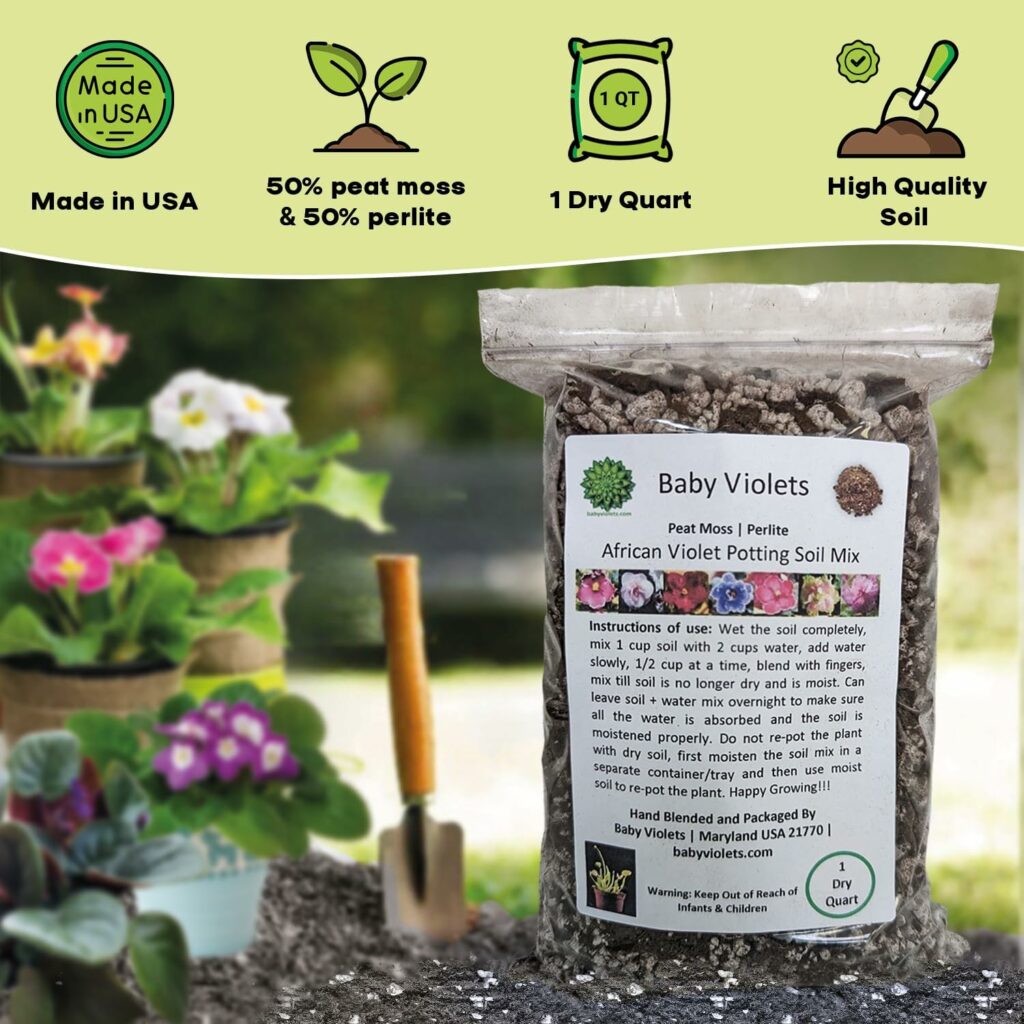
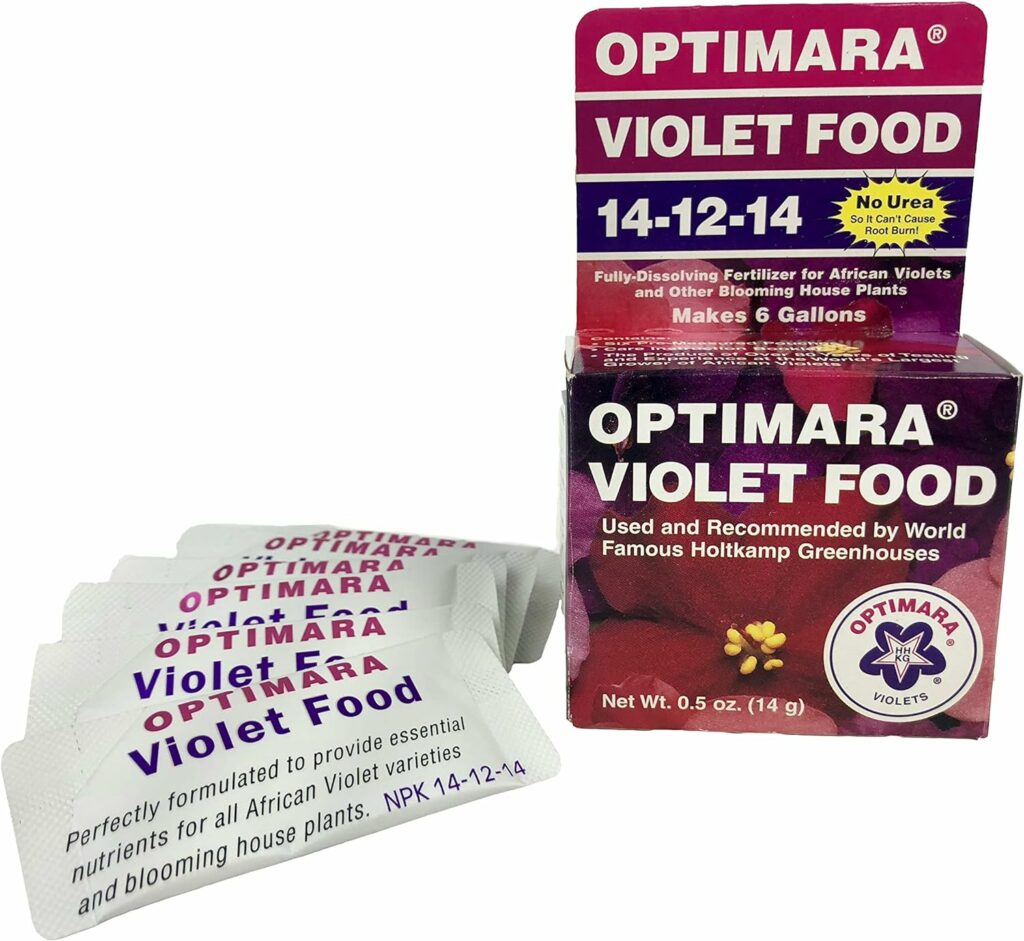
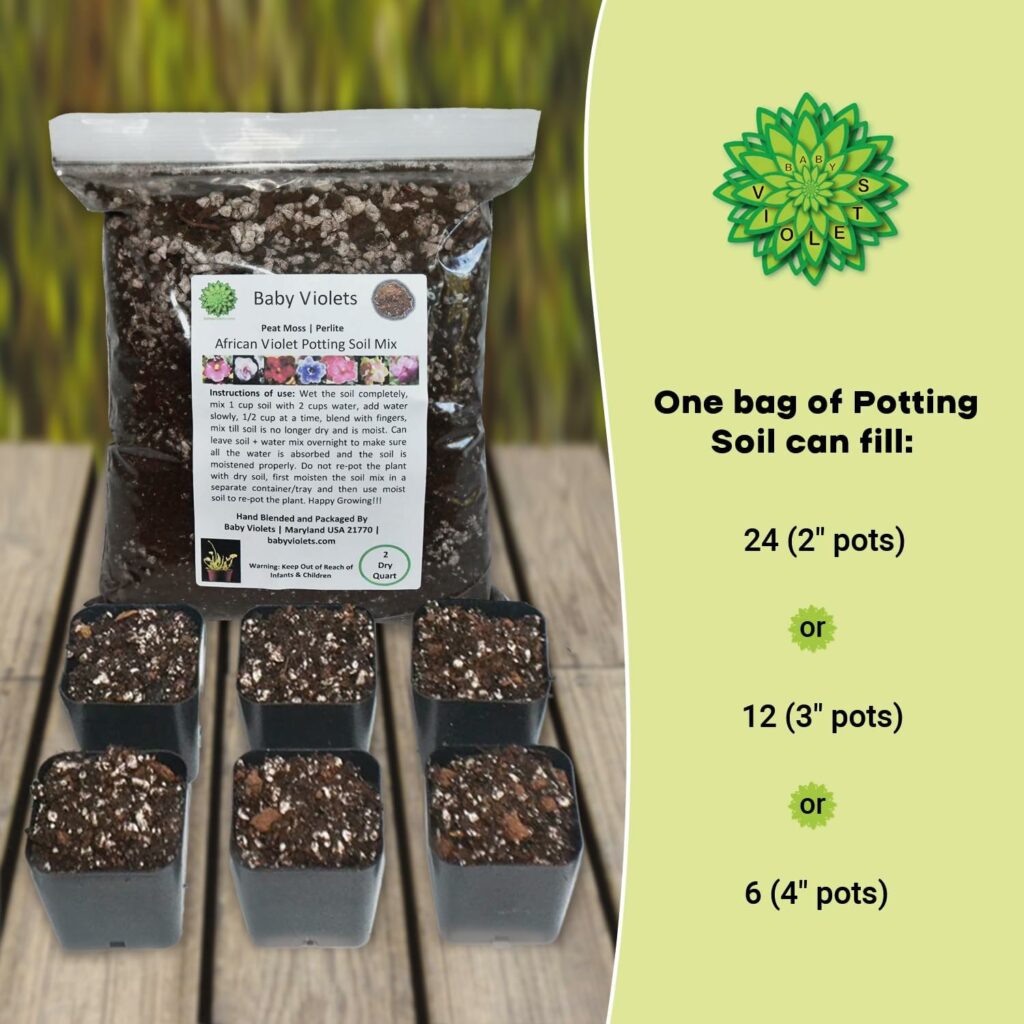

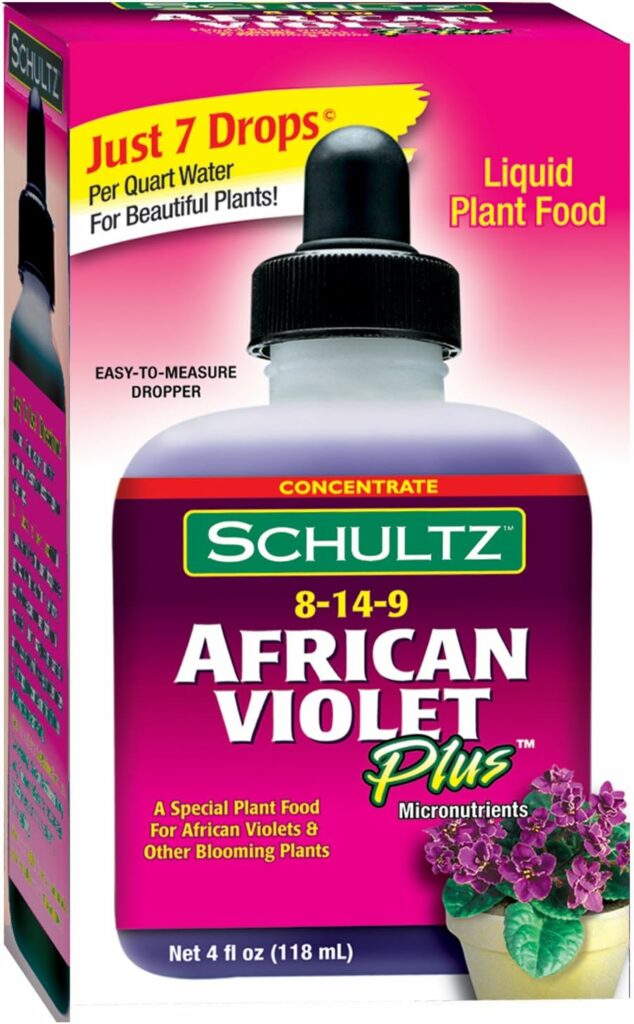
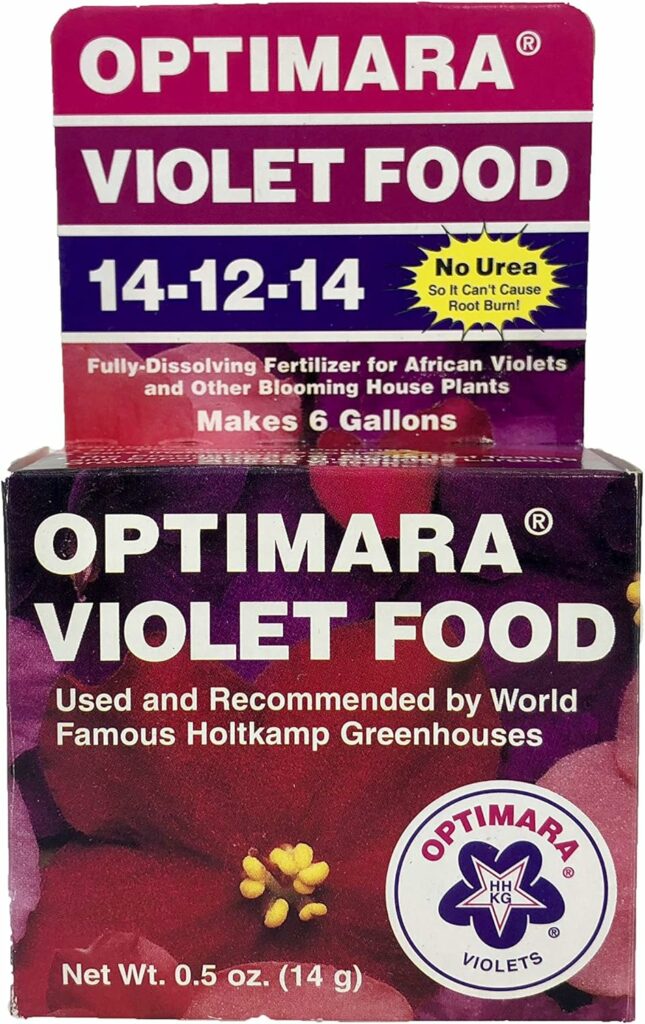
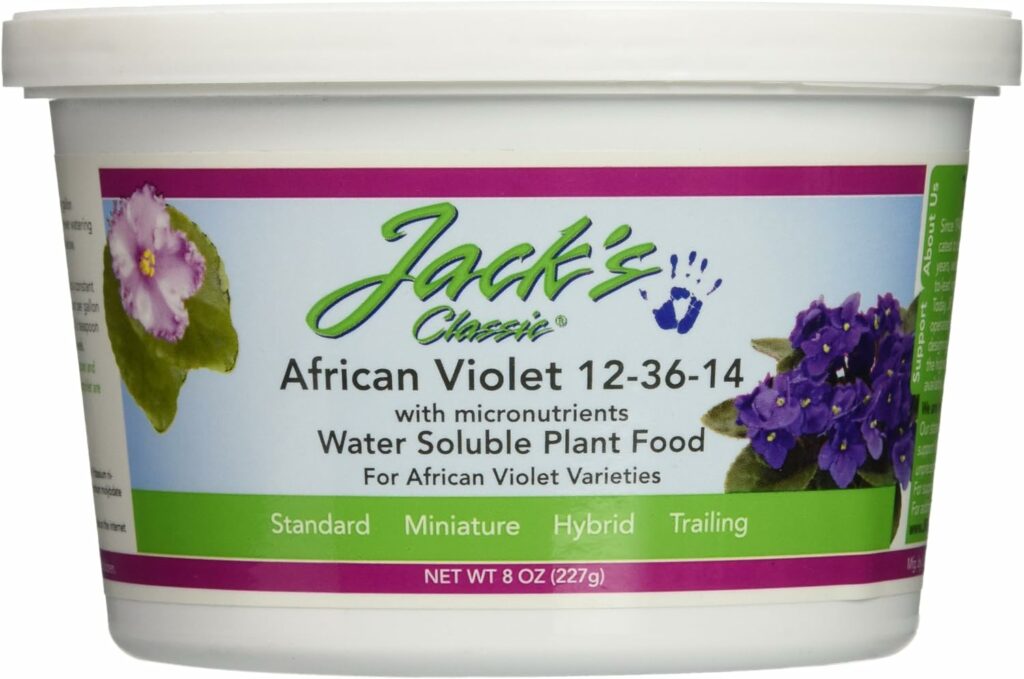
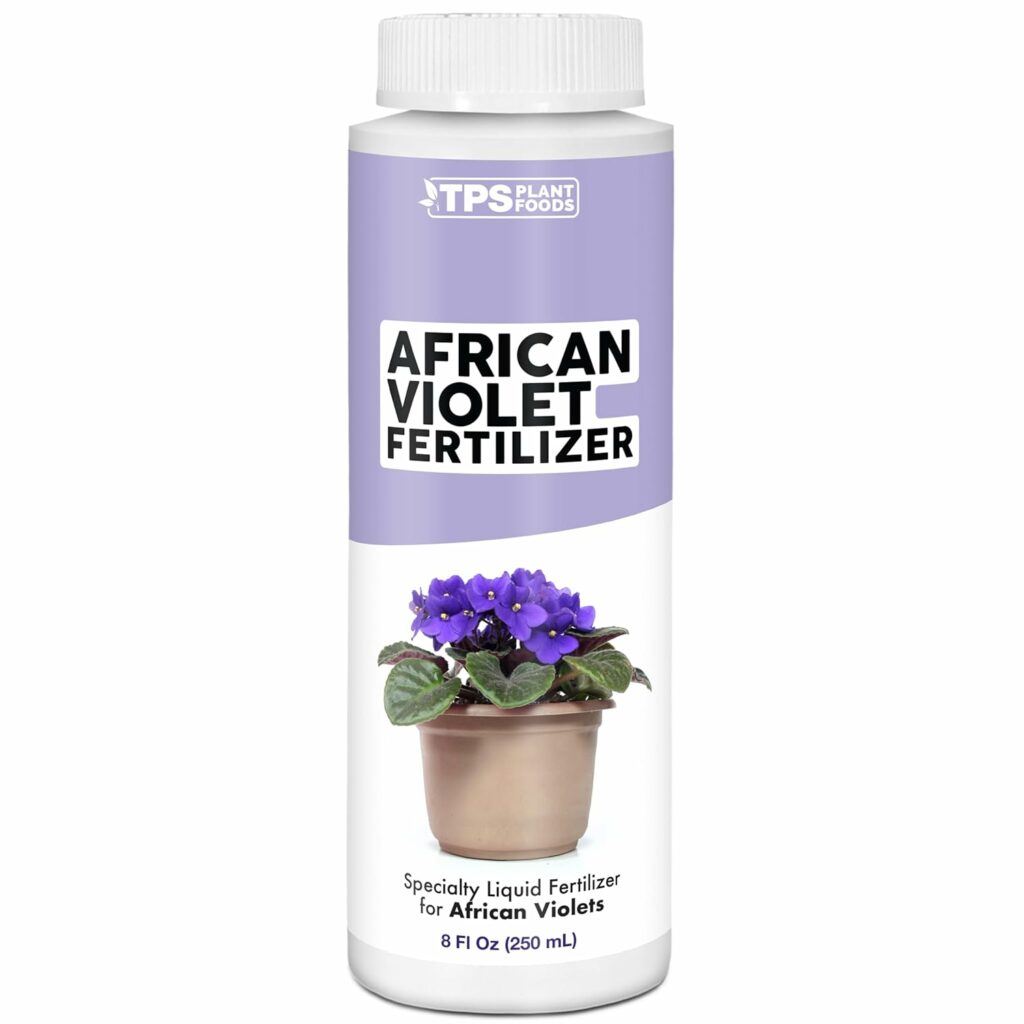

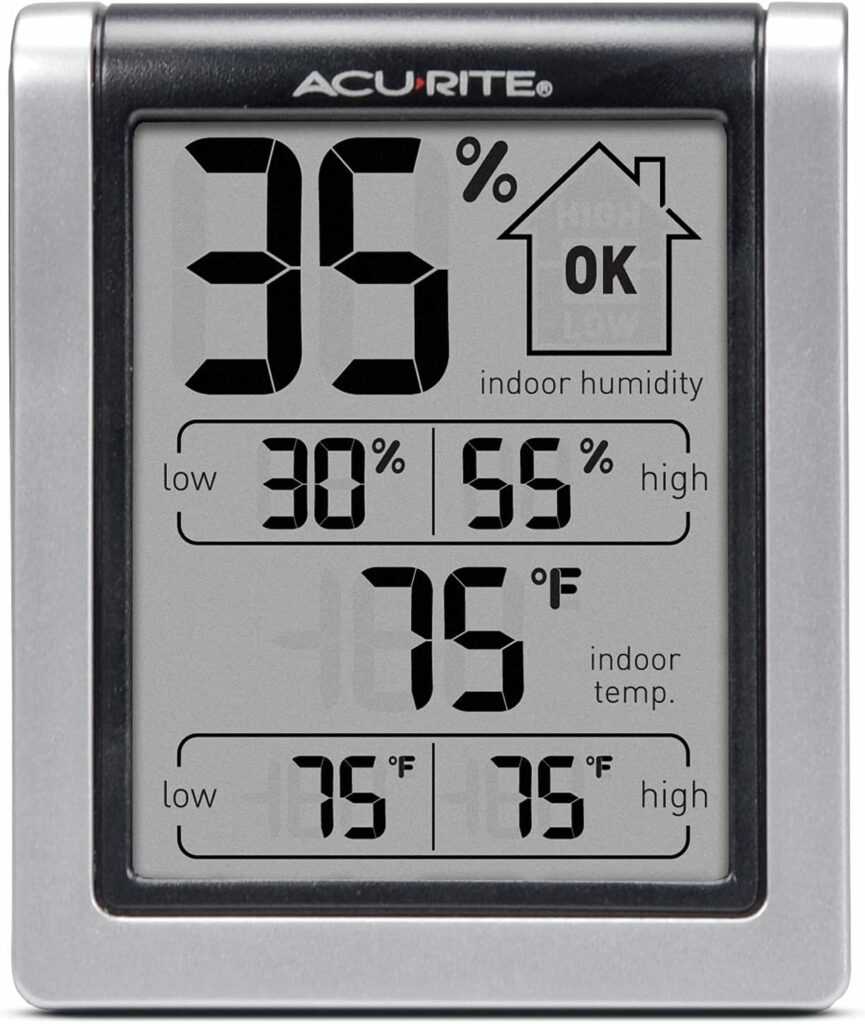
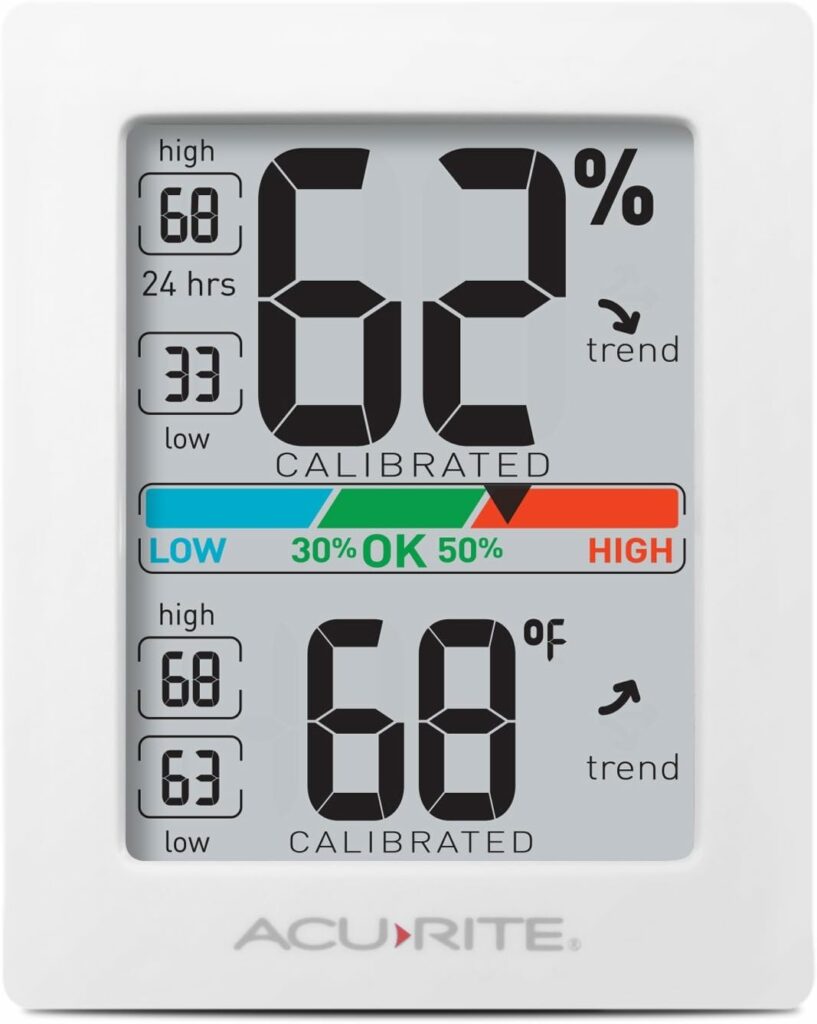

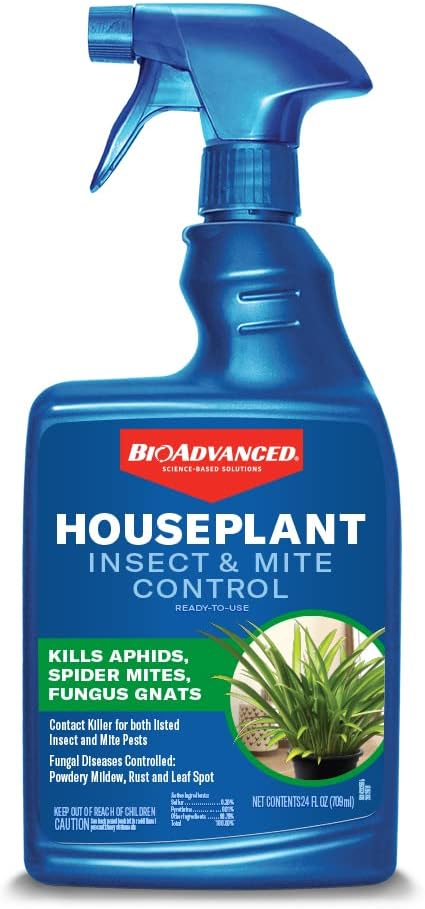
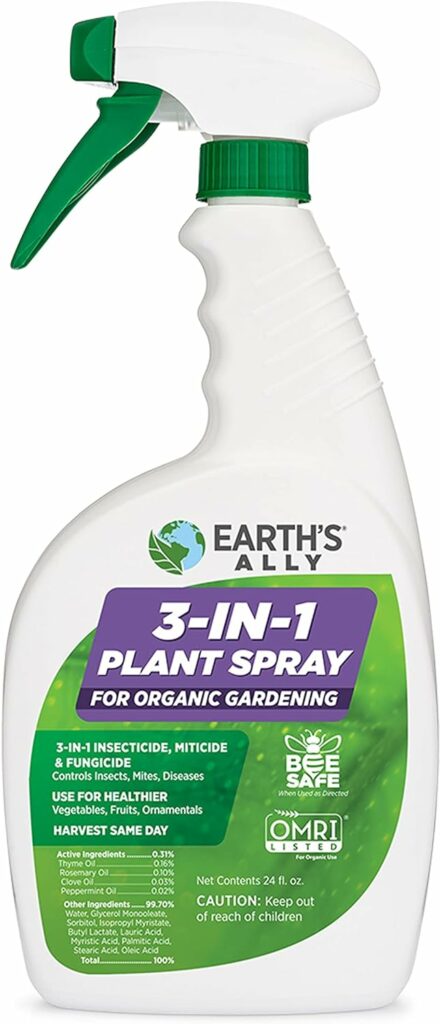
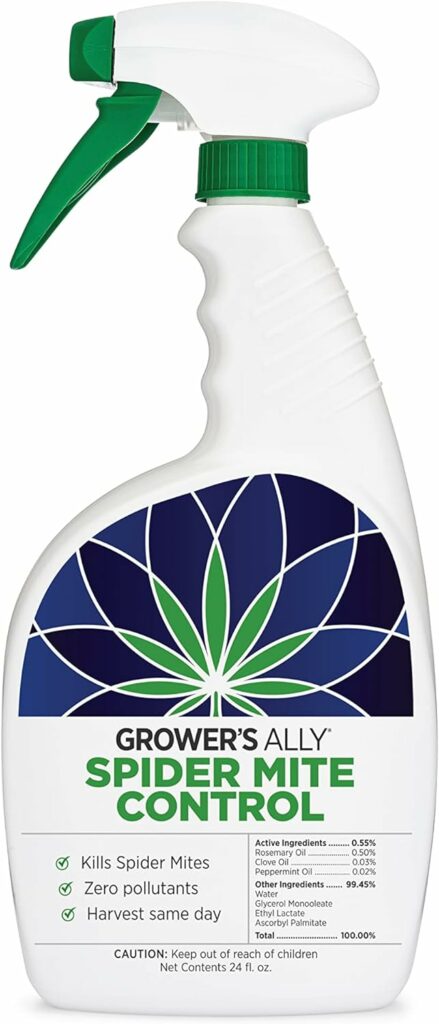

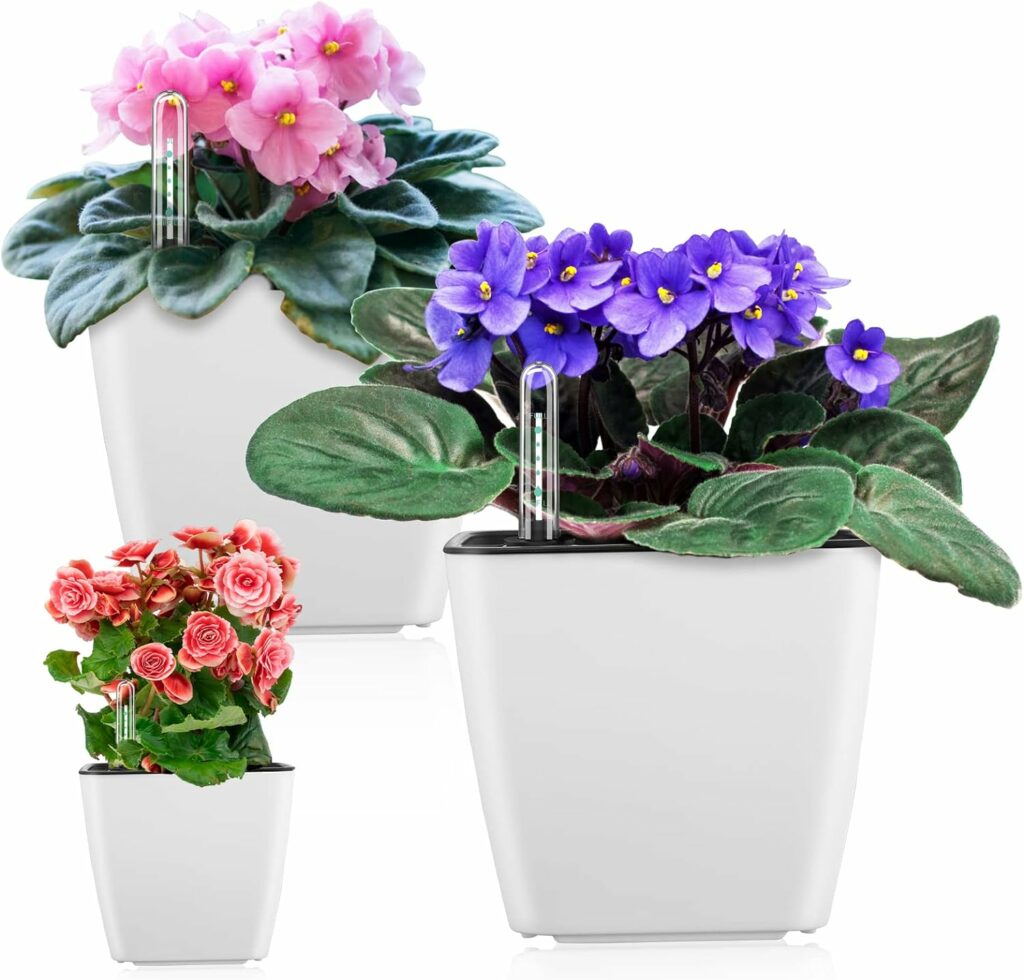
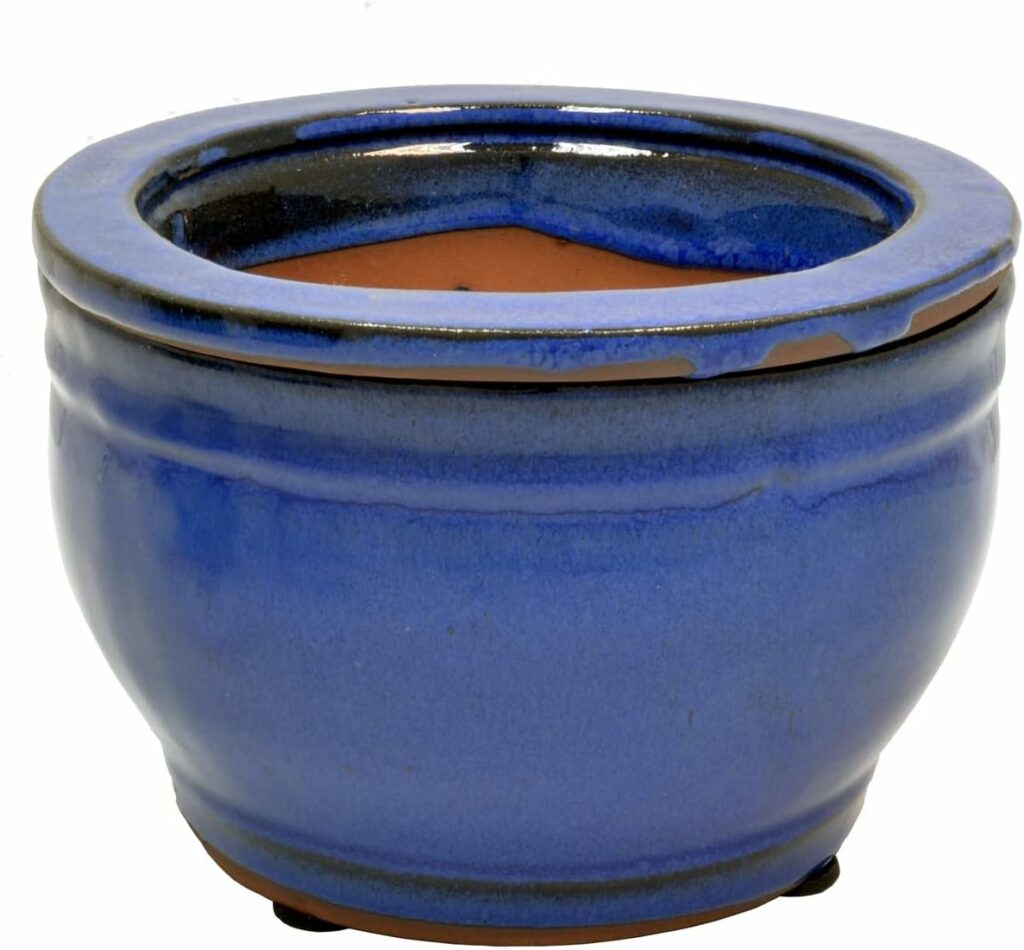
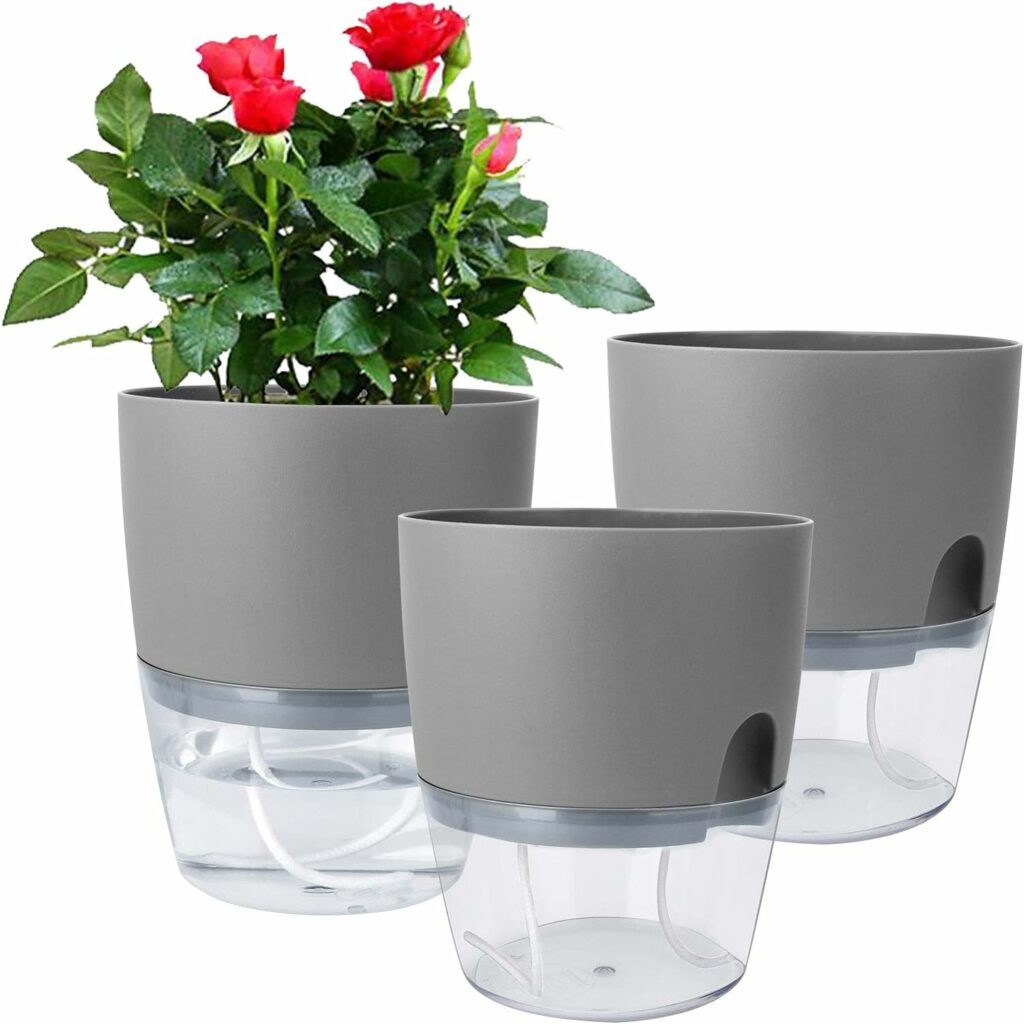
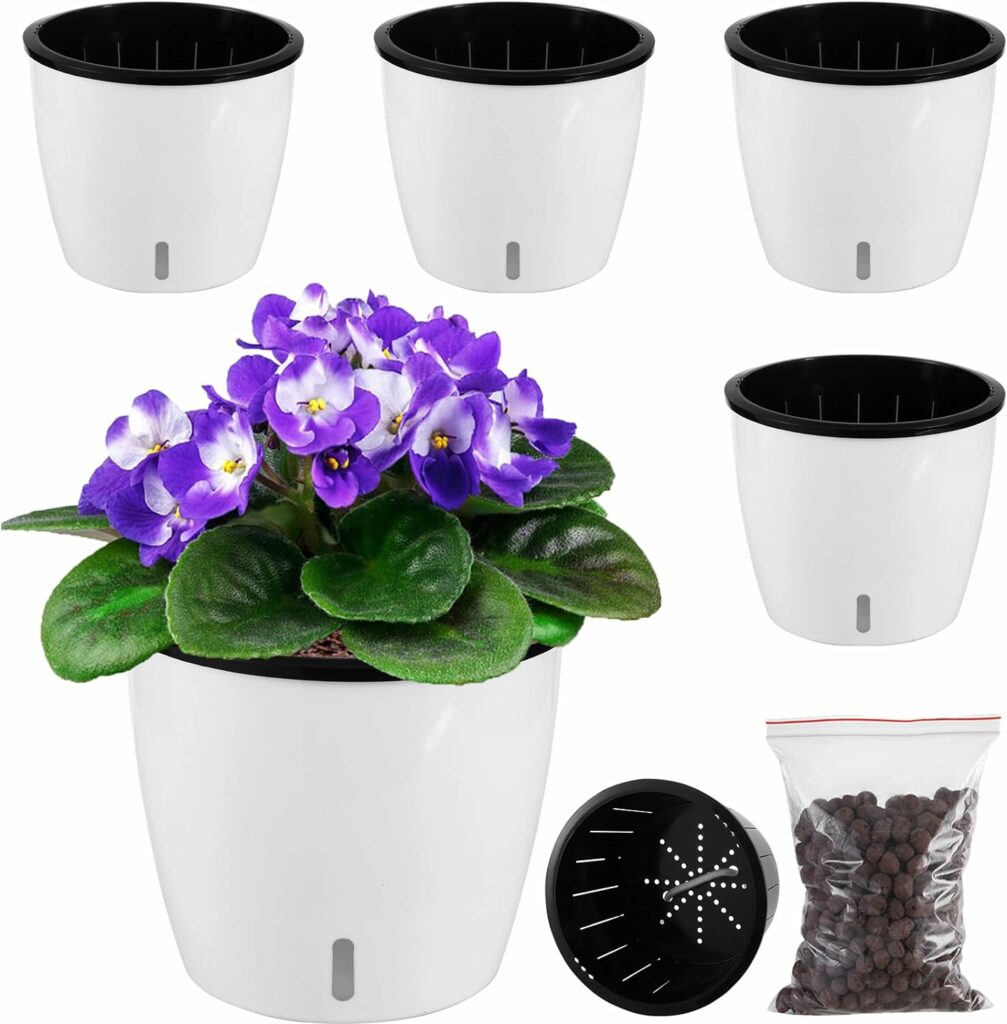
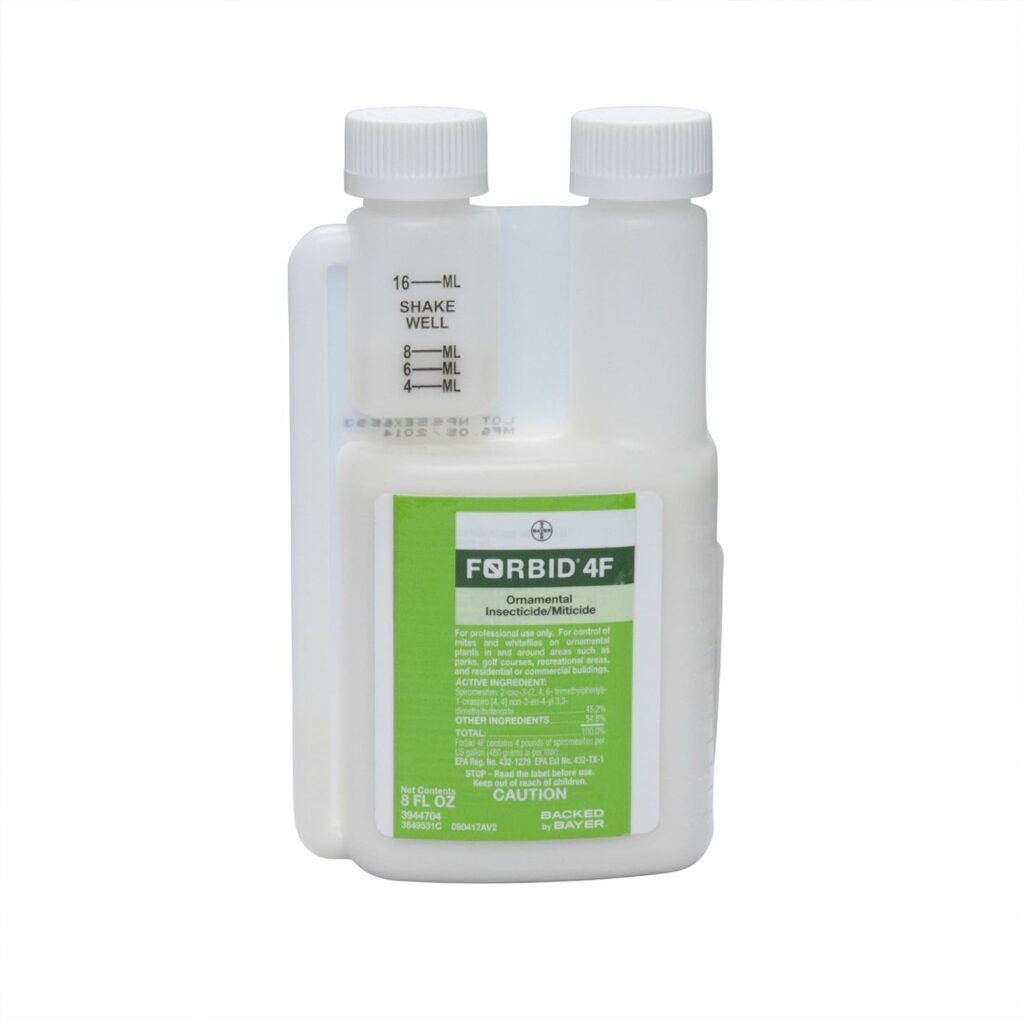
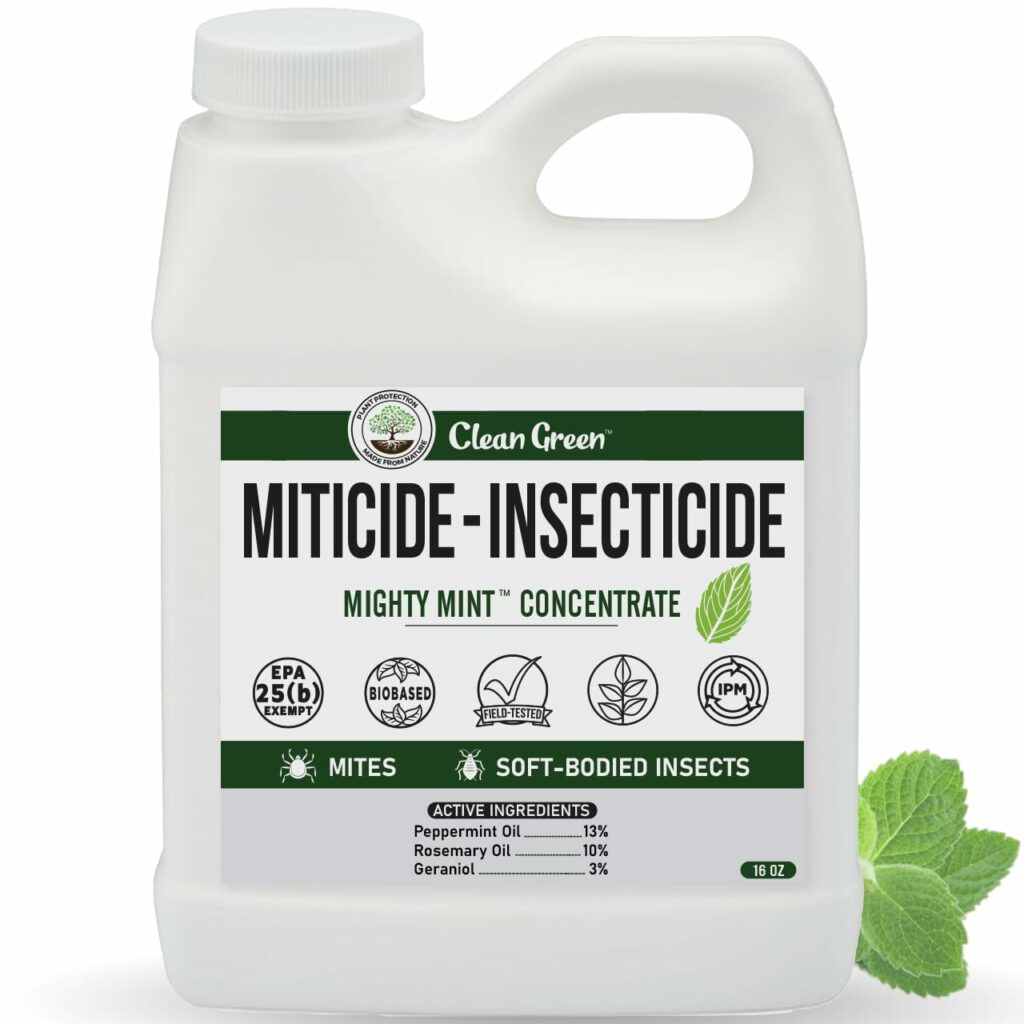
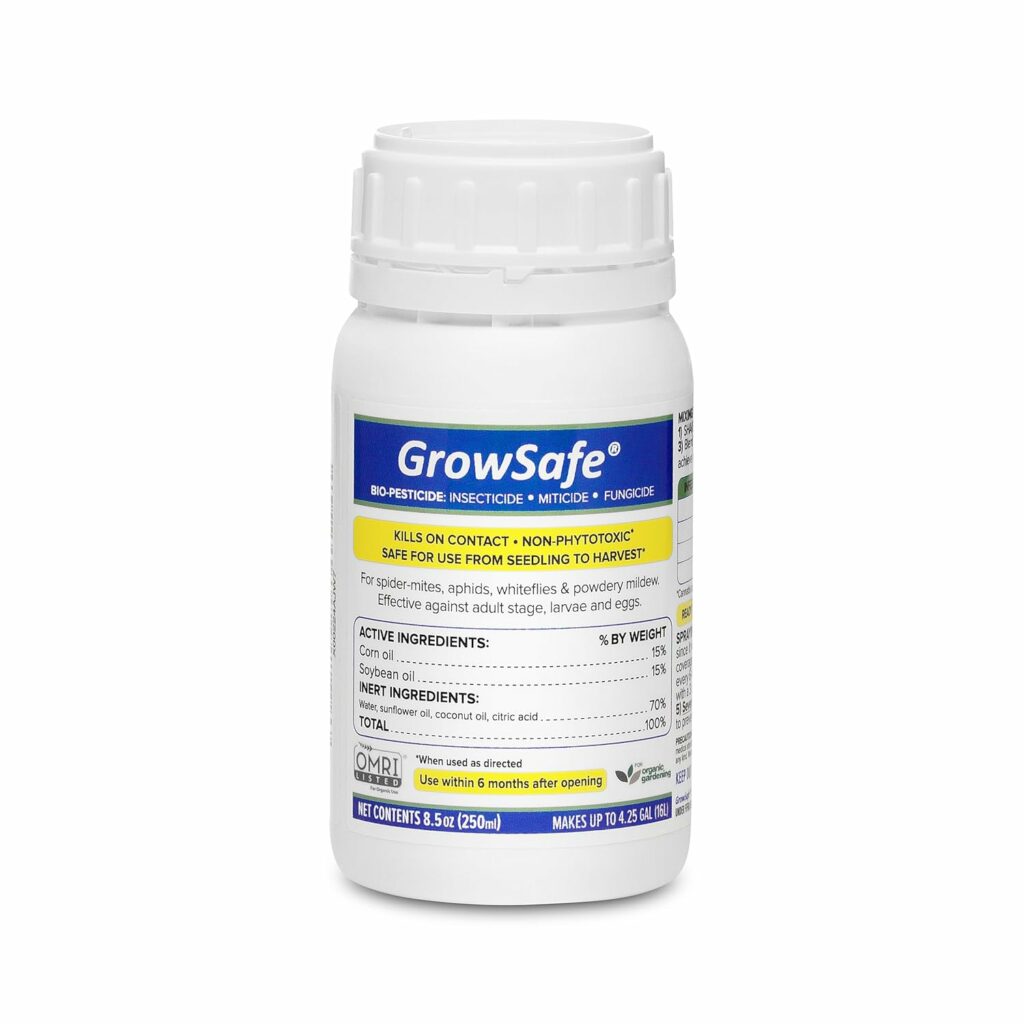
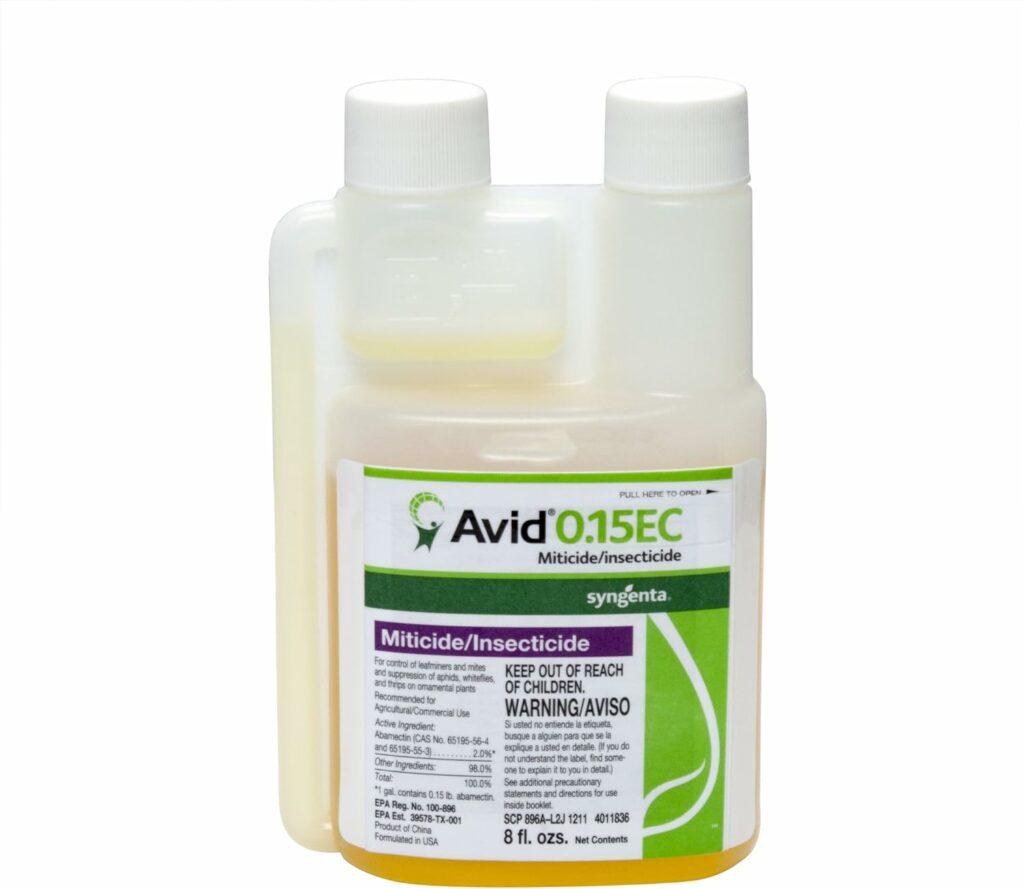

63 Responses
This was SO informative! I truly appreciate your detailed descriptions, as well as the different photographs. It has been so challenging to find this information so clearly on the internet, which has made diagnosing my poor violet very tricky. Thank you so much for this article! I am continuing to read your other articles for various information.
Thank you! Thank you!
Thank you Jordyn for those kind words. Glad to be of help. Please let me know if you have any questions about violets in general, would be happy to help,
regards,
BV
Thank you so much for that information I was really happy to hear how much I didn’t know. Thank you again this really helps me. Now I know where to go from here.😊
Hello Carol,
thank you for your kind words. Glad to hear the articles are useful!
regards,
BV
100% FOR SURE!
Every time I search for help with my African Violet, your website comes up and I’m SO thankful!
You are very detailed and clear in your advice and explanations and for someone(me) who is known plant killer😞 it gives me hope that it is not always ME doing it wrong LOL!
I’m still hoping it is not the mites but since this was a store bought plant, and the last one I bought from this store had mites, my guess is it most likely is…
If I use Neem Oil, you said to mix with water and spray plants; but if African violets aren’t supposed to get water on their leaves am I still supposed to spray their leaves? Or just the soil like normal?
Hello Alissa,
Thank you for your positive feedback! It means a lot to me. With regards to Neem Oil, yes you can water the soil as you normally would. If leaves need to be sprayed, only spray a fine mist, from a distance of 5-8 inches away from your plant. Its fine, if a fine mist of oil is layered on the leaves, as long as the leaves are not drenched. You could also use a Qtip, can dip in neem oil, dab on a paper towel to absorb extra oil and roll gently onto the leaves. Hope this helps, BV
How much Neem oil would you use per half gallon as a preventative?
I use 1 tablespoon (1oz) of neem oil per half gallon of neem oil as a preventive. This is the brand I usually use, https://amzn.to/2InEcdL Hope this helps, let me know if you have any other questions.
Wow…your article is so thorough & informative. As an old-time grower we sometimes have to be reminded of these remedies. And you made it so clear/helpful for newbies to our AV world.
Thank You for sharing this.
Your Welcome Martha, I happy to hear these articles were helpful to you!
My AV has two tight crowns. I have moved it as I think it may be getting too much light but should I be separating the crowns at this point?
Hello Jo, thank you for your question. A picture may be helpful, if you could email me one. Based upon the information, if you have two separate suckers, then yes, it is time to separate them. However if both crowns are tight, then there may be another underlying problem. You can wait to see if the crowns open up first, then once the leaves open up and resemble normal leaves, you can go ahead and separate them. Hope this helps,
regards
BV
Thank you for your advice. I will try to send a picture before doing anything. I’ll wait to see if the crowns open up in the reduced light.
Hi Jo
Love these instructions. Determined some of my AVs are suffering with too much fertilizer. Drenching the soil the water coming out looks like weak tea. Is all that color from the fertilizer? Would love to hear form you. Thanks!
ST
Hello ST,
yes if the color is rust like and like weak tea, it could be fertilizer salts or it could also be old soil too. Glad you hear you have pin pointed the reason why your violets are not doing well. Sometimes, that’s the most difficult part, figuring out whats wrong with them. Happy to hear the articles are useful.
BV
Hello
I got an African violet as a gift in October. It was happy and healthy until I repotted it at the beginning of January. It started having a tight crown after about two weeks. I thought maybe it was over fertilized so I stopped adding fertilizer and hoped it would improve. I have been traveling a lot for work and not at home, I’ve been having it watered every 10 days or so but no other treatment has been applied. I’ve come home this weekend and it still seems to have a tight center. It looks to me like it tried to grow leaves everywhere in the pot, they are all on top of each other and the flowers are growing under the leaves and not blooming. The leaves are still pretty green. Is this mites? Is there hope of saving it? I have some pictures I can send.
Hello Michele,
Thank you for your question. Yes pictures would definitely help. That way I can see your African Violet plant and it makes it easier to know whats wrong. Can send pictures at babyvioletss@gmail.com.
regards,
BV
One of my african violets have outside leaves dropping around the edge of the pot and smaller leaves bunching in the middle, however the other leaves are large n look healthy. Is this a sign of a tight crown. I have been using fertilze every time you water. What am I doing wrong.
Hello Margie,
It could be signs of tight crowns. Maybe can stop fertilizing every week for now, see if it makes a difference. Can continue again at 3 weeks. Also make sure the plant is not exposed to too much light. Lets hope its either light or fertilizer and not mites.
Hope this helps,
BV
Several of my violets have tight crowns. I have repotted into 50/50 soil with half african violet soil and half perlite. And I am not fertilizing and moved them out of light as I think they may have gotten too much or gotten too hot as they are in a sun room with inconsistent heat or cooling. How long should I expect to see loosening before I throw in the towel?
Hello Jill,
thanks for your question. You should expect to see the loosening of the leaves within 2 weeks time. You seem to have done everything else right. Best of Luck!
BV
Forgot to mention, if after 2 weeks you dont see any change at all, you can check the soil for mealy bugs. You can proceed for treatment of soil mealy bugs, if you see any or if its not an important plant, you can get rid of it. Sometimes its not worth, baby sitting a sick plant.
regards,
BV
My newly purchased violet (wick-watered) now has a white powder-like substance on it:some on top of the leaves, but which doesn’t brush off easily, more under the leaves, and finally clustered around the center stem. Under the loopi it doesnt look like spiders. What could it be? And what to do?
Hello,
thanks for your question Myrina. It sounds like powdery mildew. Please take a look at, https://www.babyviolets.com/powdery-mildew-african-violet-plants/, compare your plant with the pictures, do they seem similar. If it looks like powdered sugar coating, then it may be powdery mildew. I would suggest, Immunox, can be found here at homedepot.sjv.io/XMBD3 or amazon. For a more gentler approach, can try neem oil, found here, https://amzn.to/2J3EgjA, might need few applications. Hope this helps,
regards,
BV
Can you water with the preventative solution you mention or do you spray?
Hello Sharon,
thank you for your question. Yes if using neem oil you can spray on the leaves (this one is a ready made solution, https://amzn.to/2J3EgjA or water with a diluted solution (this one is a concentrated solution, homedepot.sjv.io/mPd6O which you dilute accordingly. If using systemic granules, like this one, https://amzn.to/2TnctAs , it is mixed directly in the soil (1/8tsp per 2″ pot). This same bonide systemic comes in liquid form too, which can be sprayed on the leaves/plant exterior. Please note, that Bonide, is banned in certain states from use. I am not sure about watering with it, I am assuming you can, will have to check package directions. The Pylon or Judo is very toxic, please read package directions for application, as it depends on the concentration of the solution you purchase. Also please use this chemical only outdoors in a well ventilated area away from pets, children and other edible plants. Hope this helps,
regards,
BV
I just got an African Violet and I feel like I am killing it somehow. I think I am giving it too much light but I was wondering what drooping leaves means? It is almost as if the stems are no longer stiff to hold up the leaf. Also on the back of them it seems like it is losing the violet color.
Hello Jaclyn,
thank you for your question. Drooping leaves which are soft to touch and limp and have lost there shine/luster, could be dry soil. If the lower leaves are brown and mushy, it could be over watered. This can also happen, if the plant has gone through dry/wet cycles, that is if the plant was bone dry, then it was watered and then again it became dry. This can stress out the leaves. If the leaves are crunchy, tightly growing together and hugging the rim of the pot, it could be excessive light. You can move the pot to a different location, with less light and see if that makes a difference. Can also read the post, https://www.babyviolets.com/why-are-my-african-violet-leaves-curling-upwards-or-downwards/ for more tips. Hope this helps,
regards,
BV
I have 4 violet plants, only one is blooming. They all did. Now on three I keep getting more and more leaves. I water once a week, I don’t have a east or north window so their in north west & southeast windows. I fertilize once a month. Just don’t know what to do. Thank you
Hello Jayne,
thank you for your question. Sometimes, after a plant goes through a bloom cycle, they do take a rest for a while. When did you last re-pot the plant. They need to repotted at least every 6 months. If the leaves look healthy and the crown is growing, that’s good. That means the light i good, the soil seems good and they like the temp/humidity. You can change the fertilizer, you are using, see how that works out. The plants, maybe be missing a nutrient component. After trying out the new fertilizer, wait for 3 weeks. Hope this helps,
regards,
BV
My young plants – from suckers – look good but have a grayish center. the blooms are small and not opening up. What can cause this? I recently cut down on the amount of light they are getting. I don’t want them to wilt and die. I hope you can help.
thank you for your very expert advice on all things violets!! elaine
Hello Elaine,
thank you for your question. The buds usually take 2-3 weeks to open up, may take longer if the temperature is below 65F-68F. If the temps are warmer, they should open up soon. You can move them to more light, if its been over 3 weeks since the buds formed. May help them. Grayish center leaves may mean mites, though not all the time. If the center crown is tight and leaves are brittle, along with greyish center, then yes it could be mites. Can check here for a visual idea, http://www.babyviolets.com/tight-crowns-on-african-violet-plants/. If the centers are white-greyishm it could be powdery mildew. It will look like powdered sugar has been sprinkled on the leaves. Hope this helps, BV
oh dear, I think I’ve ruined my plant! I brought two AF plants both with amazing flower displays. When finished, one plant had fully flowered again within 4 weeks, the other didn’t. The one that re-flowered has stems evenly spread, and laying horizontal with flat round leaves. The non flowering plant was sooo crowded! – leaves and stems were so numerous and bunched up that they stood vertical and criss-crossing each other. Leaves were so crowded that they remained quite curled, lying on top of each other with more baby leaves coming from base. I thought the best thing to do was remove all the excess stems and leaves. I kept the horizontal stems and removed most of the vertical, wayward pointing ones,. I cleared out the small clumps of leaves at the base. I removed approx 50 stems. It now looks more like the other plant only more open and sparse. Having now read your info, I probably should have just put in a humidity bag to open and loosen up – Have I just destroyed my plant?? I purchased the plants like this and have had them for 3 months. I transplanted them from their plastic black pots into ceramic pots with good drainage and AF potting mix. I water them about once per week or when surface is touch dry, and no extra fertiliser has been added. Overall they look pretty healthy (eg no leaf droop or discolouration).
Hello Rebecca,
Do not worry at all. You made the right choice. Based upon your description, if the plant had lots of leaves, overlapping each other and bunched up, even if you had put them in a bag, there would have been no space to open up. Sometimes, a clean up can be good for violets. You mentioned that the plant looks healthy, no leaf droop or change in color, that’s great, that means the plant is happy with your grooming. Monitor the plant for another 2 weeks, if you see new growth coming out from the crown / center area of plant, then you are good to go, everything is fine and the plant is growing as it should. If its growing slower, of leaves start to droop or it just doesnt look right, you can still put it in a humidity bag and monitor for another 2 weeks, check if it perks up. After 2 weeks, open up the sealed bag, leave for another week. Then remove plant from bag. Hope this helps, regards, BV
What a wonderful, informative page! Question on the Neem oil…one ounce to a half gallon…spray and leave on the plants? It’s absorbed this way? And will this stop the mites as well, or just prevent them? So many questions for a beginner!
Hello Steven, thank you for your question. Yes that is the correct way to apply neem oil, leave on the plants, it will be absorbed. If you usually keep plants under lights, then remove them from under the lights. Spray neem oil, allow to be absorbed and then put back under lights. I would say neem oil, can act as a preventive measure for mites. However, if you have an invasive mite infestation, neem oil will not work that well. I would recommend a stronger miticide. Neem oil is more for powdery mildew and acts like a fungicide. Hope this helps, BV
Hi
How can I send you a picture of my plant I am not sure if infestation or over fertilizing?
Hello Noreen, thank you for your question. Please send an email at babyvioletss@gmail.com
thanks, BV
Hi – I am sending you a picture. My African violet is over 25 years old and the stem is zig zagged in the pot. Plant is droopy like it’s not getting any water/ nutrients at this point. Would love your suggestion(s).
Hello Becky,
Thank you for your question. It’s quite impressive that you have had this violet for so many years. Yes, definitely it’s time to cut the stem and repot it. Can leave 2-3 inches of stem intact or 3-4 inches, depending upon the size (length of the pot) and slice off the rest. You can follow the instructions as outlined here, https://www.babyviolets.com/decapitating-african-violet-crowns-why-and-how/.Make sure the pot is not too large and just slightly bigger so that everything can fit in. After repotting you can put the plant inside a large ziploc bag, just to give it some extra humidity and help it re-root. Can follow instructions of how and when to remove from the bag, as outlined in the article. If you live in a colder climate, you can wait till the weather warms up before you do this. It takes a while for the stem to re-root in cooler weather. Hope this helps.
regards,BV
Many Thanks! 🙂
Hello BV,
Thank you for the informative article on african violets! Based on what I’ve read, I think too much light might be the main attribute of the crowding I see in my violet.
I’ve also read from another source that you are supposed to cut about 3 leaves each month starting from the base. But at this point, my leaves are so crowded that I don’t know which leaves to start from… I also don’t want to remove multiple leaves for consecutive days since it might stress the plant.
Do you think I should still remove any leaves or should I try the trick with putting the plant in a ziploc?
Hello Jane, thank you for your question. Yes, you can remove a few leave from the outer most row. Pick those leaves which look old, discolored, any stains/marks or brown/yellow, odd/uneven shape from the others. Only pick from the outer row/last row of leaves. This will give the other remaining inner leaves, some space to grow. Remember to regularly rotate your plant (once a week), so the leaves evenly get sun. After removing leaves, wait for 1-2 weeks, see how it does. If the inner leaves still seem tight or crowded, you can move it slightly away from the light or lower the light (change the position of your curtains or blinds). If they dont perk up, yes you can put the plant in a ziploc bag, the extra humidity may help. regards, BV
Hi. My african violet has not been blooming since 2 weeks ago after the old booms die off.
Now i see small buds but they seems like not growing in size and dark coloured.
During these 2 weeks, there has been a lot of new & small leaves growing.
There is 1 old leaf have a big on it. I couldn’t remember when it has developed?
Any advice on this? Is my african violet doing good?
Can i send the photos of it to you for advice? Thank u 😊
Hello Niko,
thank you for your question. Yes, please send pictures, it will be better. Email me at babyvioletss@gmail.com. I can take a look at the pictures and let you know about the large old leaf. Its normal for an African Violet to have dried blooms and then new buds in 2 weeks. If your flowers are darker in color, the buds usually are similar color, it will take some time for the buds to open. They open slower in cold temperature, low humidity and when light is low. Give it another 2 weeks, I am sure your violet buds will open up. Hope this helps, regards. BV
Hi there. I am having trouble diagnosing the reason for the tight crown on my African Violet. I have had this plant for many years and have never had a problem, but now all of the bigger leaves have fallen off and the new leaves are very small and pointy. It has also stopped producing flowers. I’m not sure how to treat it. Any advice you have would be greatly appreciated.
Hello Natalie,
thank you for your question. If you’ve had the plant for years, then you have narrowed down the reasons for its tight crown. Did you recently change its location, to a brighter one. Bright light can cause tight center leaves. If so, you can move the plant to a low light location. Did you over fertilize, that can also cause tight centers. If so, you can add plain water into the soil from the top, and flush out any extra fertilizer salts. Did you bring any new plants to the area, if they have a mite infestation, that can spread. If your tight crown is accompanied with stunted growth and greyish center leaves, it can mean mites. Sometimes, the growth may look like tight crown, but over time the leaves space out and it turns out fine. If you havent groomed the plant in a while, try removing the outer older leaves and any other stray or straggler leaves, the plant may not have space to evenly grow out from the center. Did you re-pot recently?, old soil can cause the older leaves to fall off, you can try re-potting the plant in a size smaller pot and with fresh soil. Hope this helps, regards, BV
Thank you so much for such info,I will like to know if I can share on my fb page some of your pictures.
Thank you
Hello Yanet, thank you for your message. You are more than welcome to share my pics on your fb page. If you would be kind enough to mention Baby Violets in your picture post, that would be nice. Thanks, BV
I have an African violet the has developed a tight crown with very tiny leaves. I’m going to email you a picture of it. I don’t really know how to look for the mites, but don’t see anything. It hasn’t been repotted in over a year, so will start there. A friend of mine had it and she changed fertilizer. Could be related to that or the south window she had it in.
Hello Linda, thank you for your question. I received the picture. It does not seem like mites. The center is tight (very tight), but the leaves dont seem brittle or ashy grey in color. They seem quite healthy and green at the center (though very tiny and bunched up). I think you are right, it could be change in fertilizer or change in environment. It seems like it was growing fine, then went through some environmental change (change in watering, maybe soil dried out, or drastic lower temps). The plant, also needed to be groomed, seems to be too much leaf growth, next time, can remove the older outer leaves (3-4 at a time, every 2-3 months). A south window should be fine as long as it receives some sunlight and is not in the dark for long periods of time. For now, you can save leaves (the outer mature ones) and put some down. Then you will need to remove all the outer larger leaves, clean up the crown (remove the dried / old center leaves), then take a look and see if you can see a center crown (growth of new leaves in a radial pattern from the center). If you can see growth, you can scrape the neck and re-pot. Otherwise, you will need to let go of this plant, unfortunately. Hope this helps, BV
Hi BV i love your site.
I have a question,
Does a cold temperatures at night contribute to the tight Crowns specialty during winter?
Hello Ralph,
happy to hear you are enjoying the articles. Yes you are correct, cold temperatures at night can contribute to right crowns, especially with temperature fluctuations during winter (cold/ warm cycles). BV
I have an African Violet that has a large tight crown. I read your article and can’t decide where to start. There is so much information. I will definitely return with my African Violet questions.
I am emailing a picture of my plant. It’s in a 4″ self watering pot, it sit in a North window with 7 other AV that are al doing fine. I do fertilize with Schultz whenever the reservoir is low and I don’t detect any mites. I want to know if I let it get too out of hand to be saved. Thanks for any thought you have.
Hello Pip, yes I received your email, I just sent a detailed reply based upon the pic you sent. regards, BV
Many of us who have violets have this problem and because there are several things that can cause it we keep reading and searching. Finally an article that I felt like I learned from and can feel more confident in being able to possibly save my violets and at least figure out the problem to prevent future problems! I thank you for writing this and the picture are worth so many more words!! Wanted you to know how well your time was spent. Thank you for sharing your knowledge in such a concise and easy to understand manner!
Thank you for your kind words, I really appreciate it! regards, BV
Just found your amazing site. The information you provide is thorough and most helpful. I have been attempting to restore two sick plants for several weeks. I learned that I have been over fertilizing a 6 month old plant- and may also have had powdery mildew. I recently repotted my plants and today placed one that I have been having most difficulty with in large 14 inch zip lock plastic bag. This sounds trite – but I am concerned the plant will suffocate if I zip close the bag. How long should I keep it in there. Thank you.
Hello Sam, thank you for your message. It should be ok in an enclosed bag, as long as it isnt sitting in direct sun. Need to make sure that too much condensation does not develop inside the bag, if you too many water droplets developing, you can open up the bag and wipe out the interior, allow the soil to dry out slightly overnight and then re-seal the bag. If the leaves look moist, soft or brown you can open up the bag and leave the plant inside. Otherwise the plant should be fine inside an enclosed bag for 2-3 weeks, until the new re-potted plant develops roots and it feels anchored inside the soil. Hope this helps, regards, BV
Isit ok to water with hard water,or is softened water better? Our water has a lot of iron in it.
Hello, in personal experience, our water is hard too and I do water my plants with it. I havent noticed any difference. I am not so sure if high iron make’s a difference in plant growth. I think the extra minerals in hard water may be ok for plants.
Sorry couldnt help out in this matter,
regards,
BV
Hi, thanks for all the great advise. I have a number of AVs and they seem happy although the crowns are a bit tight. What is worrying me is that the new buds are all opening as tiny, pale, deformed flowers quite unlike the originals. I have treated repeatedly for mites as someone suggested this but it doesn’t seem to be helping. Can you suggest something else I may try?
Hello Natalie,
thank you for your message. Hmmm…interesting to hear about our buds. Is the plant over fertilized? Maybe can cut down on fertilizing and pour fresh water through the soil, to drain out any excess salts. Wait for 2-3 weeks, if any changes occur. Do you see any thrips or other similar bugs? They can sometimes attack flowers. It can also be old soil, it you havent re-potted in over 8-10 months, it may need some new soil. Sometimes the pH of the soil can change in old soil, leading to such changes too. Hope this help, regards, BV